Plastic sounds like a dirty word these days, and maybe that's what many mobile phone manufacturers are afraid of, who stay away from it, at least for the top lines. But plastic would solve many of the imperfections of current devices, including iPhones.
Looking at the iPhone 15 Pro (Max), Apple has replaced steel with titanium here. Why? Because it is more durable and lighter. In the first case, the crash tests do not show much, but in the second it is certainly true. Even if you drop an iPhone Pro series with a steel body frame or an aluminum base series, the frame only bears minor scratches, but what almost always successfully breaks? Yes, it's either the back glass or the display glass.
There is not much to think about with the display glass. Apple gives its iPhones "what it says is super durable" Ceramic Shield glass, the back glass is just glass. And the rear glass is the most frequent service operation. However, it is true that many people rather just cover up an iPhone damaged in this way with duct tape or cover its broken back with a cover. It's just a visual after all. The visual and overall impression is very important to Apple, which it already showed with the iPhone 4, where the glass on the back was just a design element, nothing else.
Weight is important
If we have bitten the weight, yes, titanium is indeed lighter than steel. For iPhone models, they dropped a lot with it between generations. But it's not just the frame and frame that make the weight. It is the glass that is really heavy, and by replacing it on the back we would save a lot (probably also financially). But what exactly to replace it with? Of course, plastic is offered.
So the competition is trying it with many other materials, such as eco-leather, etc. But there is a lot of plastic around the world, and its use might seem like "something less". Yes, the impression of glass is uncompromising, but wouldn't it be better if Apple wrapped it in appropriate green advertising? The device would not only be lighter, but also more durable. Plastic would also let wireless charging through without any problems.
It could be interest you
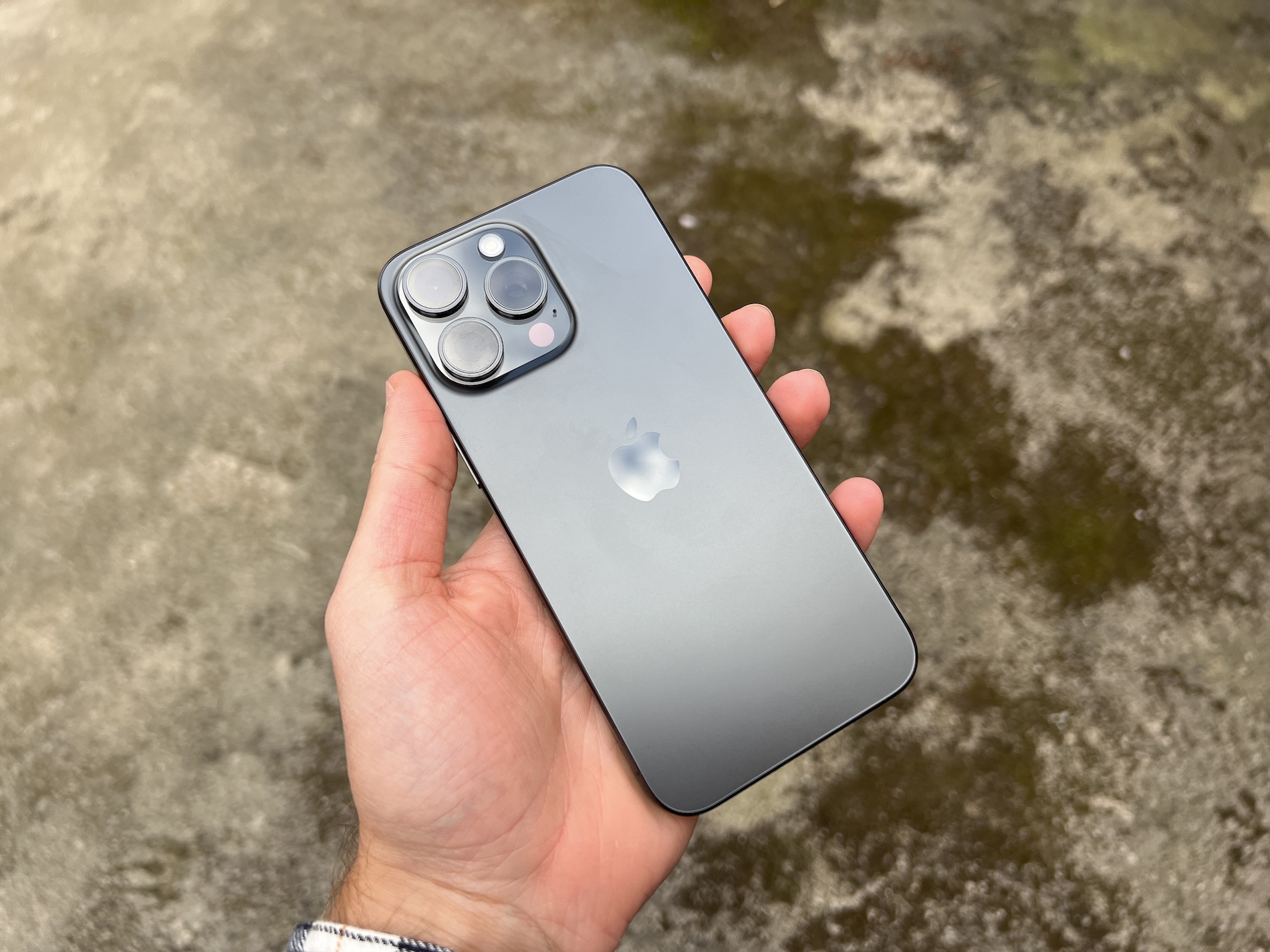
Apple could build recycling plants, where it would not only help the world from plastic as such, but at the same time it could improve its ecological impact, when it publicly declares how it wants to be carbon neutral by 2030. This would take another step, and I certainly wouldn't be mad at him for it.
The trend is different
A return to plastic from an ecological point of view seems to be inevitable, even if the trend is now actually the opposite. For example, when Samsung introduced the Galaxy S21 FE, it had an aluminum frame and a plastic back. The successor in the form of the Galaxy S23 FE has already adopted the "luxury" trend, when it has an aluminum frame and a glass back. Even the lower-end phone, the Galaxy A54, has gone from plastic to glass on its back, even though it has a plastic frame and doesn't offer wireless charging. But it did not add much luxury to him, because the personal impression of such a device is quite contradictory.
At the same time, Apple made plastic. We had it here with the iPhone 2G, 3G, 3GS and the iPhone 5C. Its only problem was that the company also used it on a frame that liked to crack around the connector. But if he only did a plastic back and kept the aluminum/titanium frame, it would be different. It wouldn't even have an effect on heat dissipation. Plastic simply makes sense if it is used smartly and in its case it is not just poorly degradable waste.
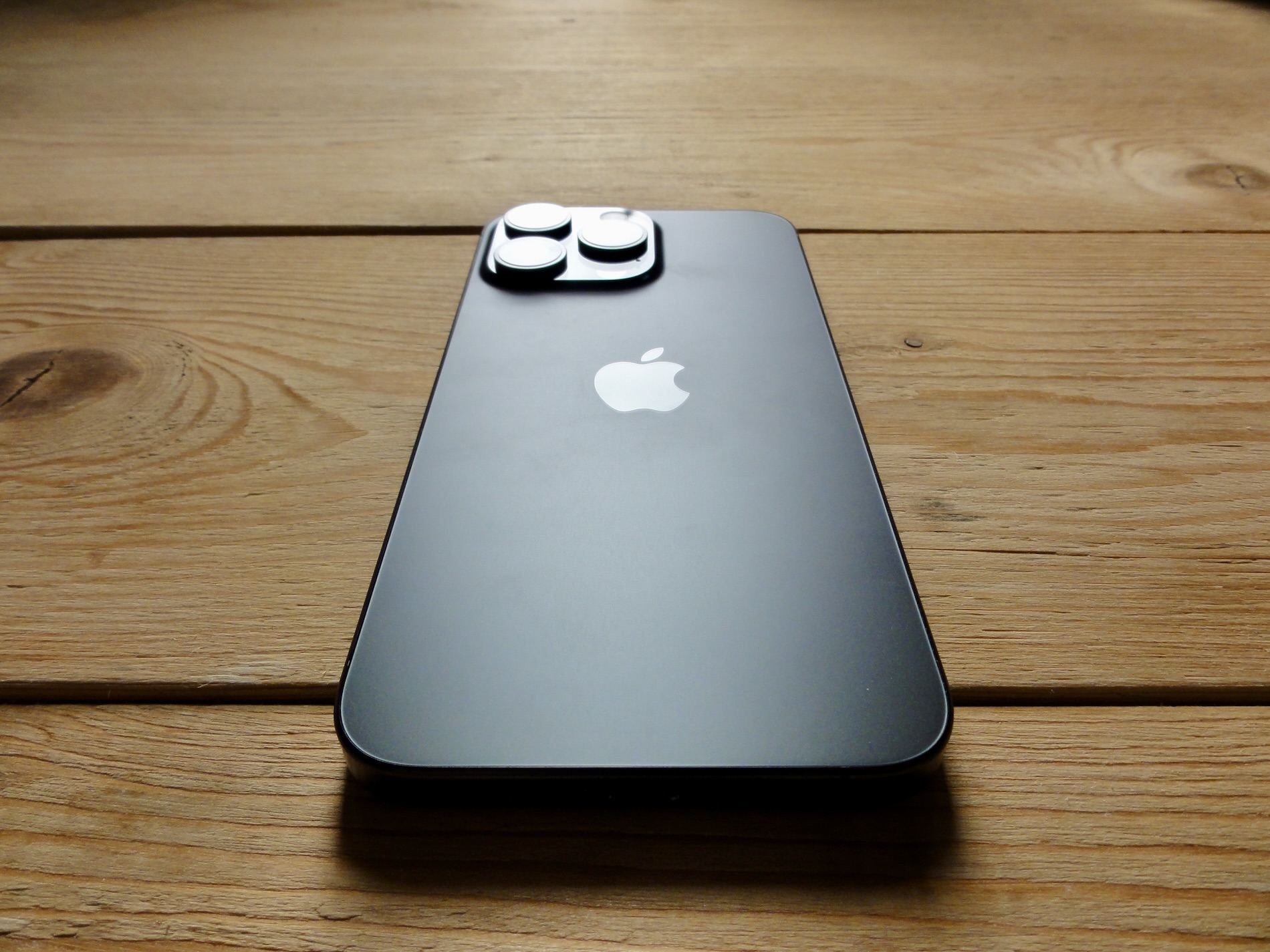
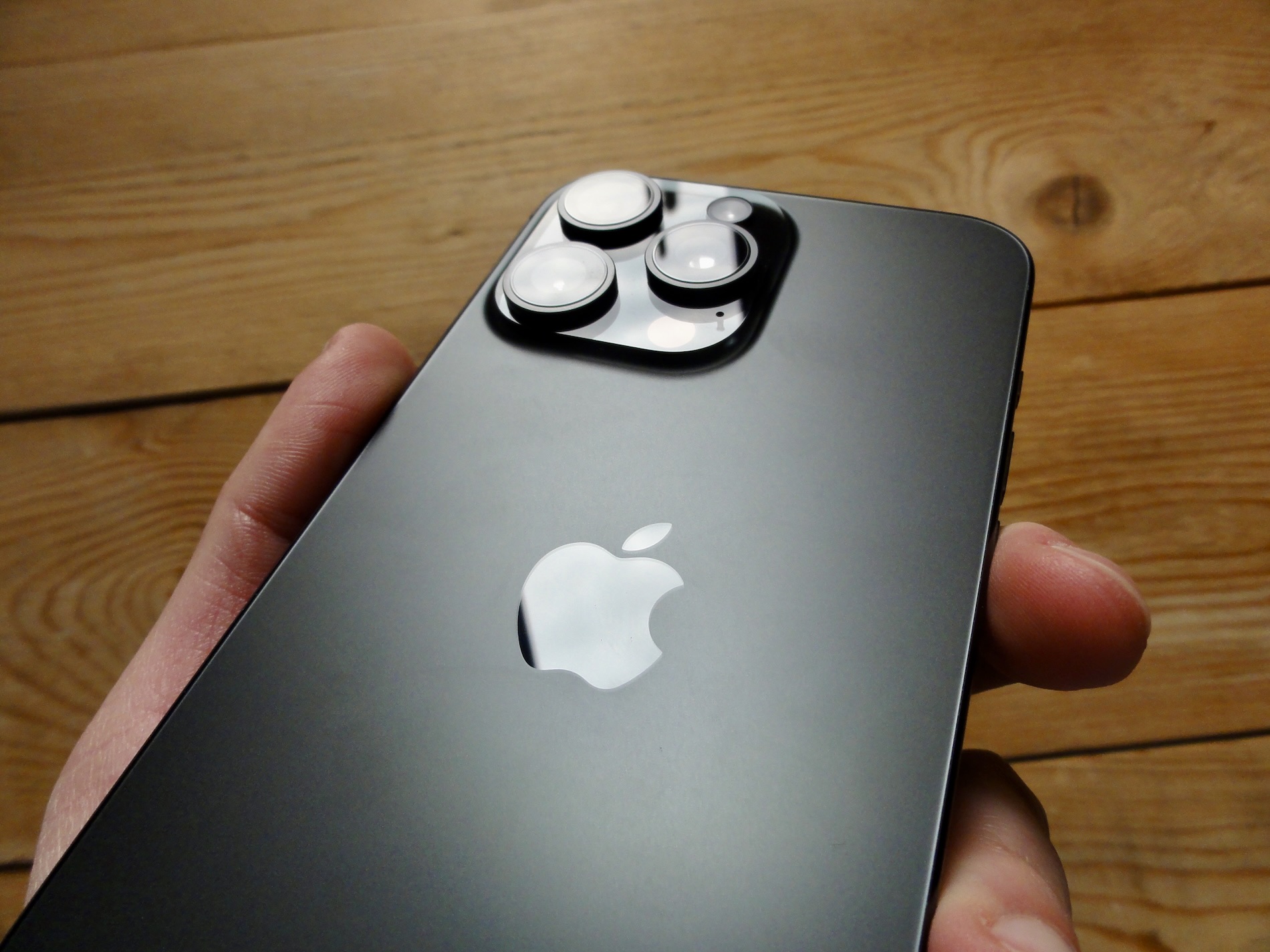

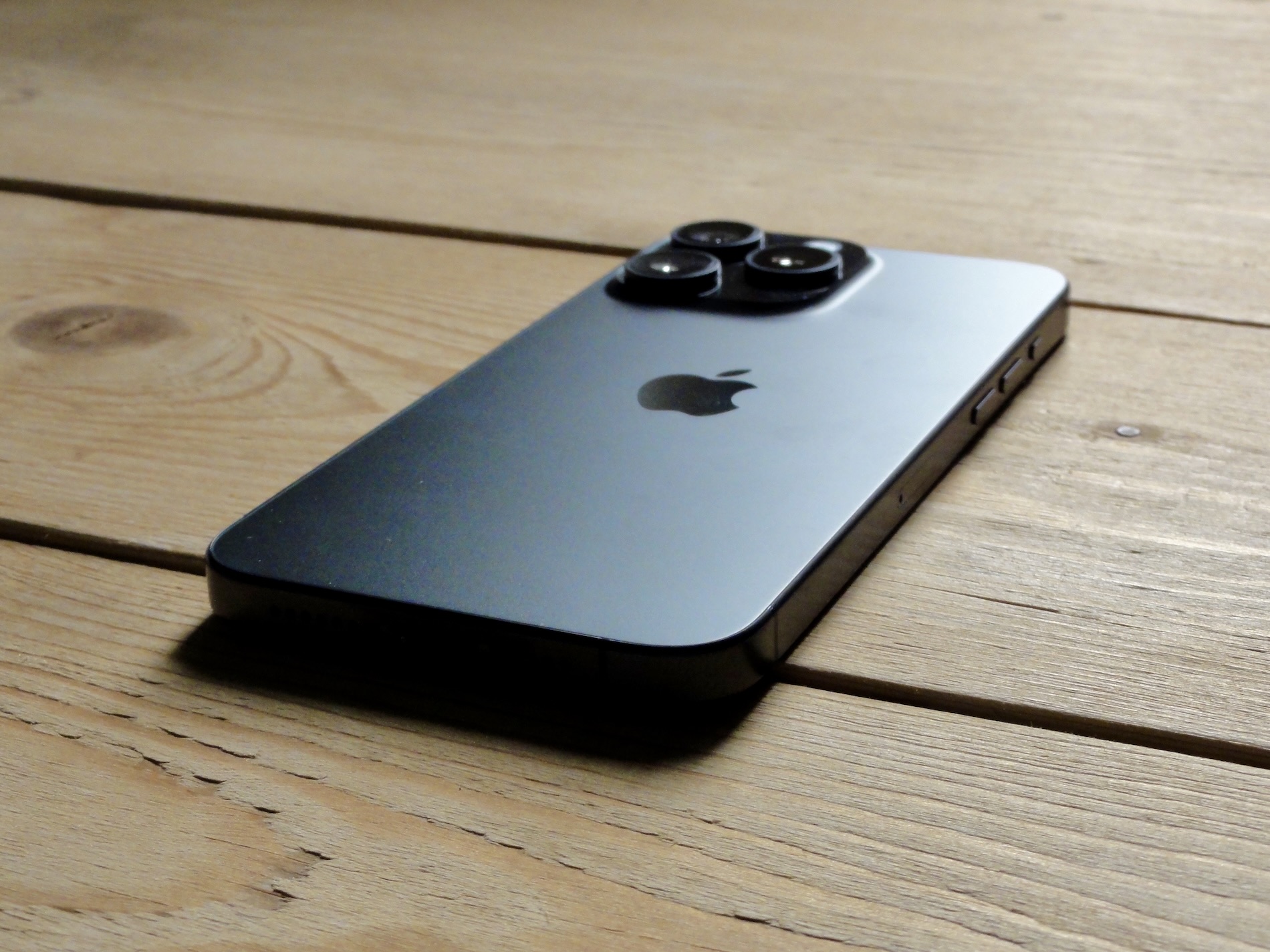

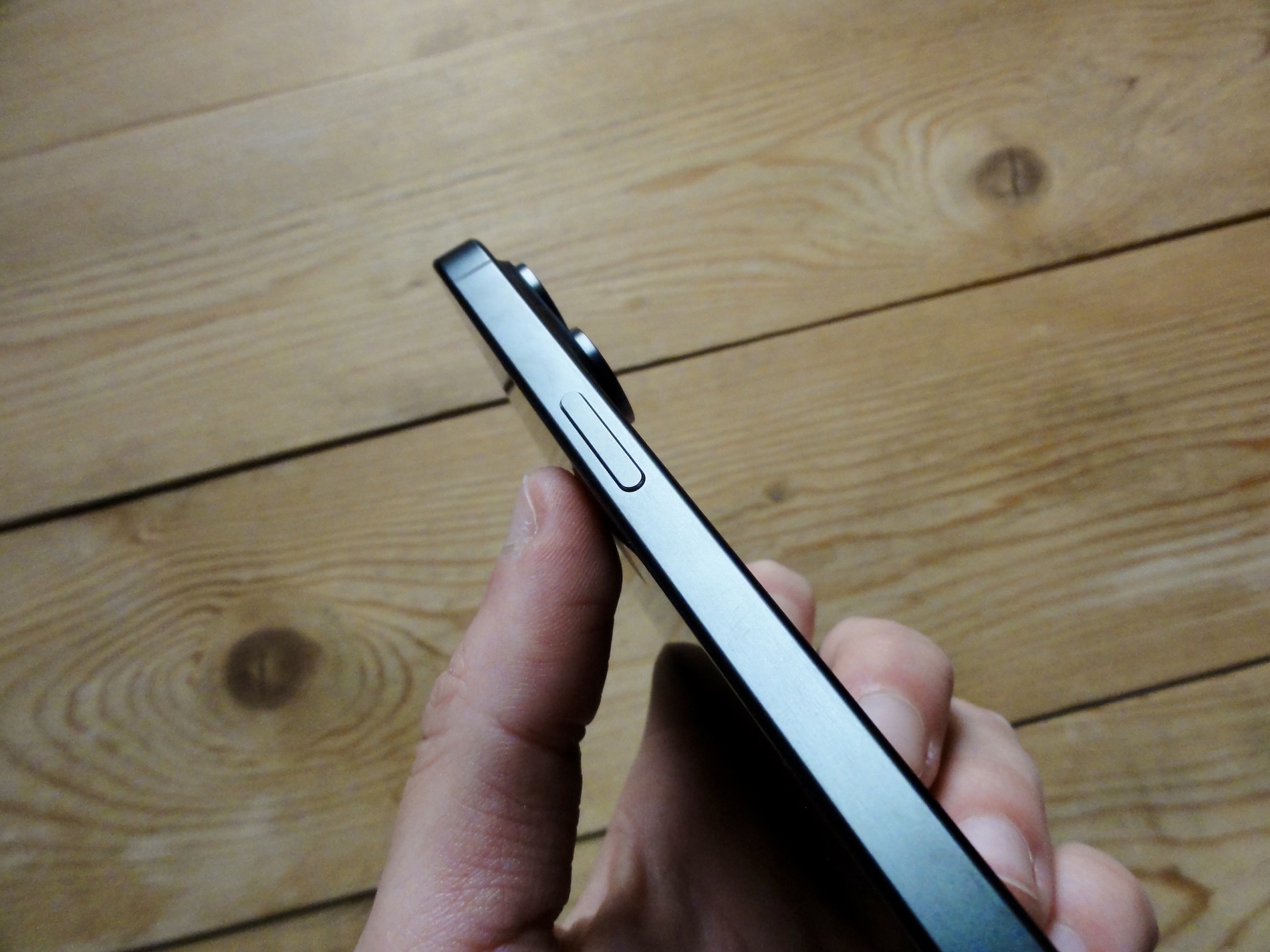
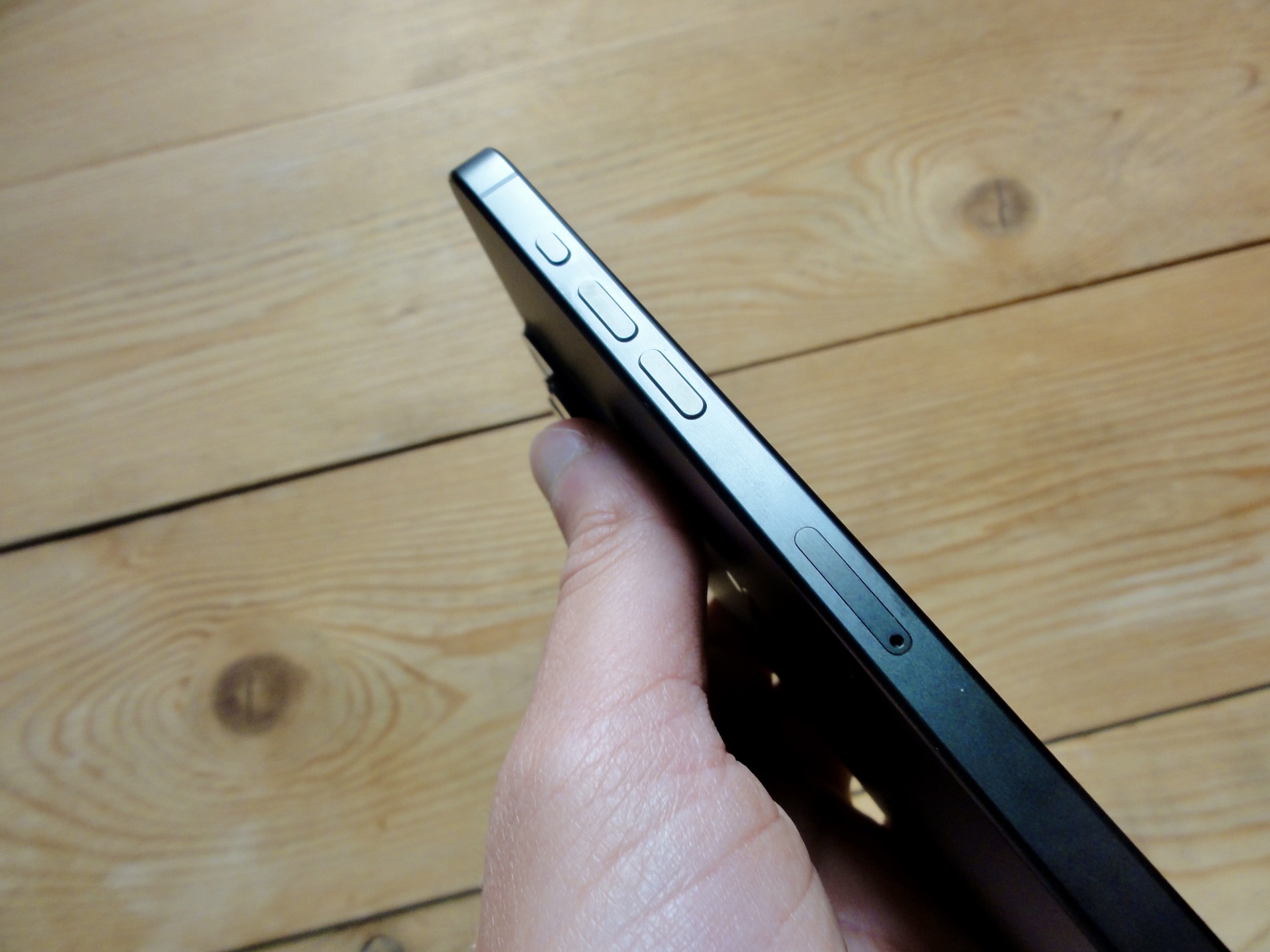
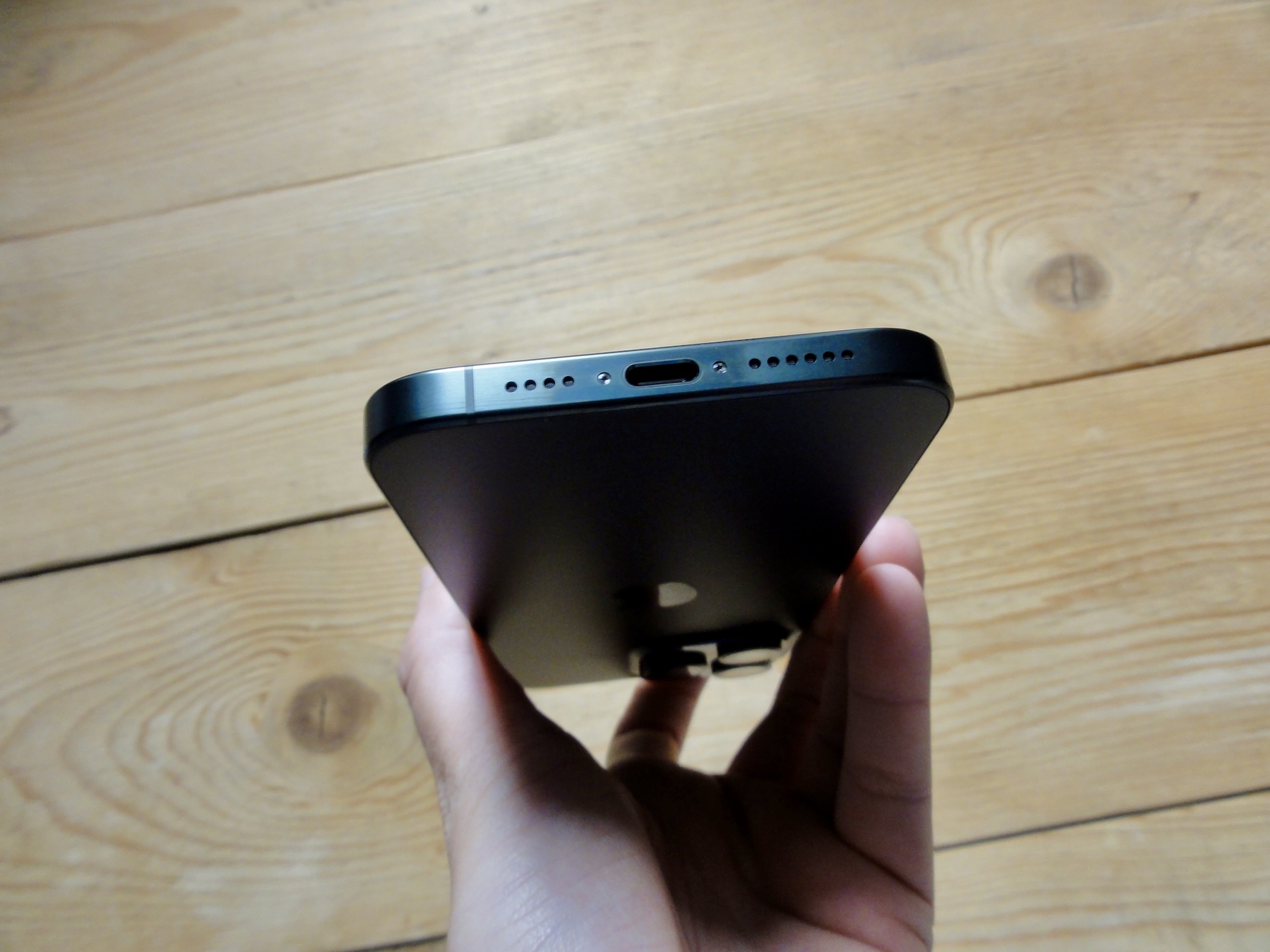
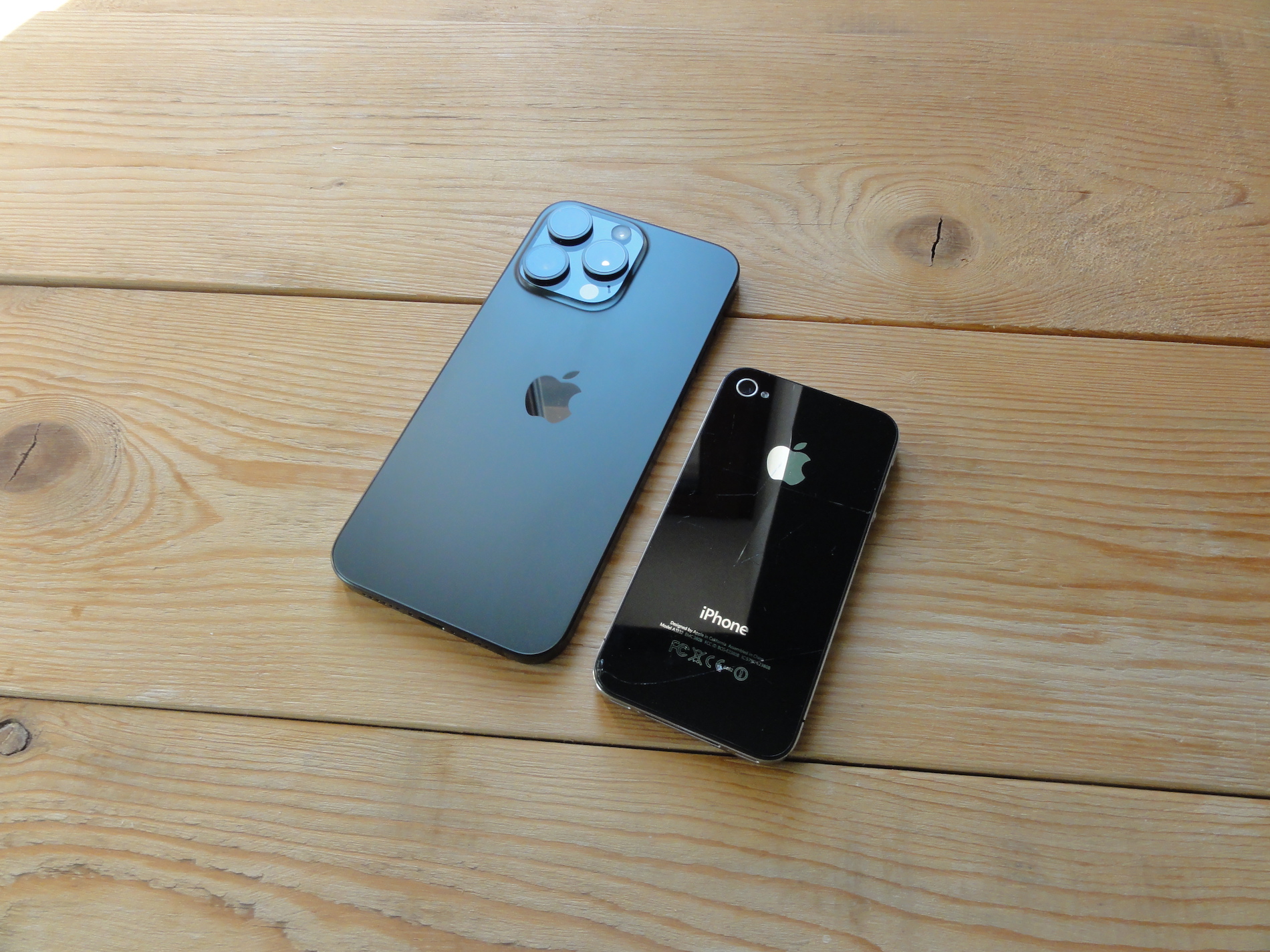
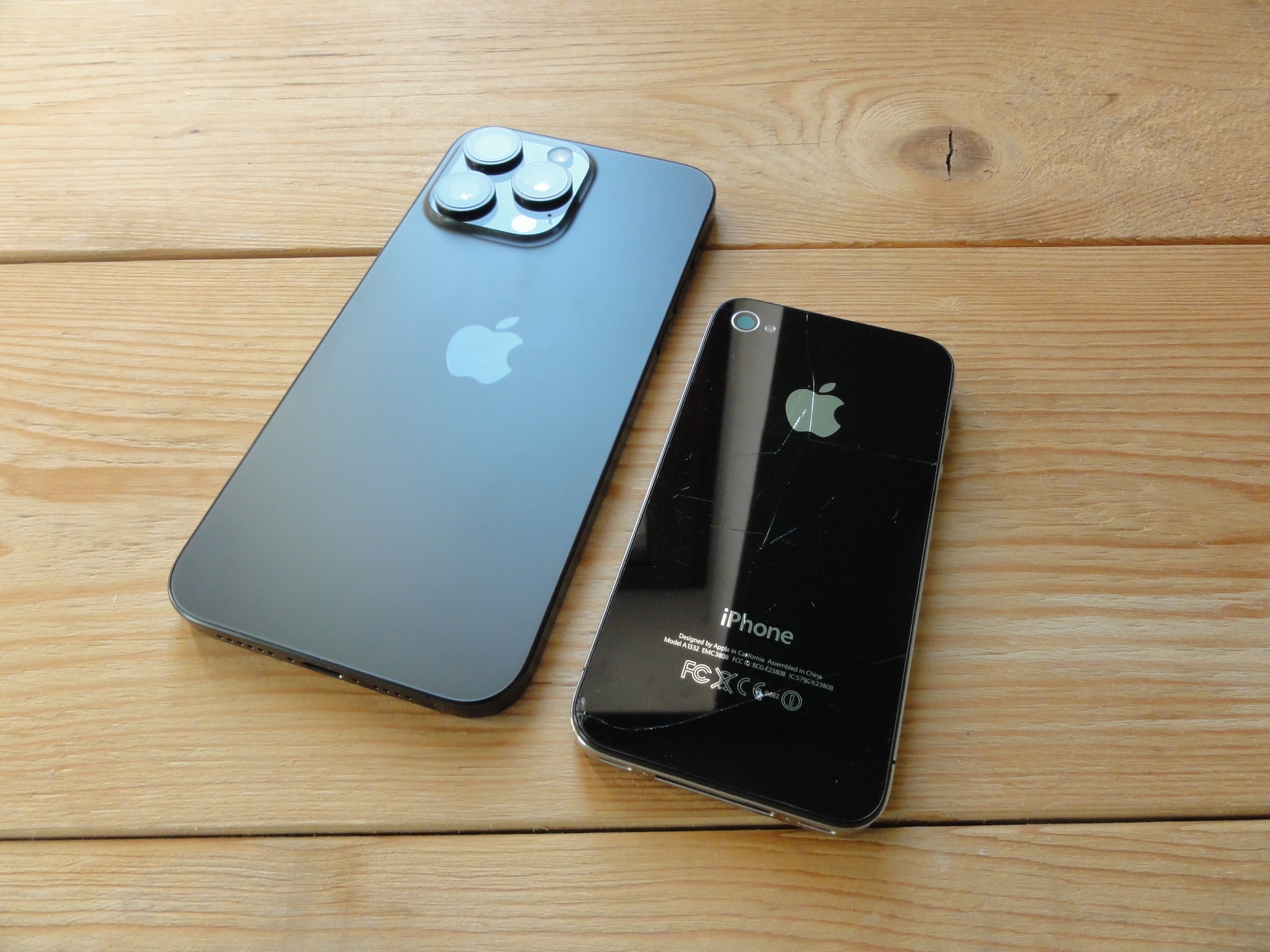
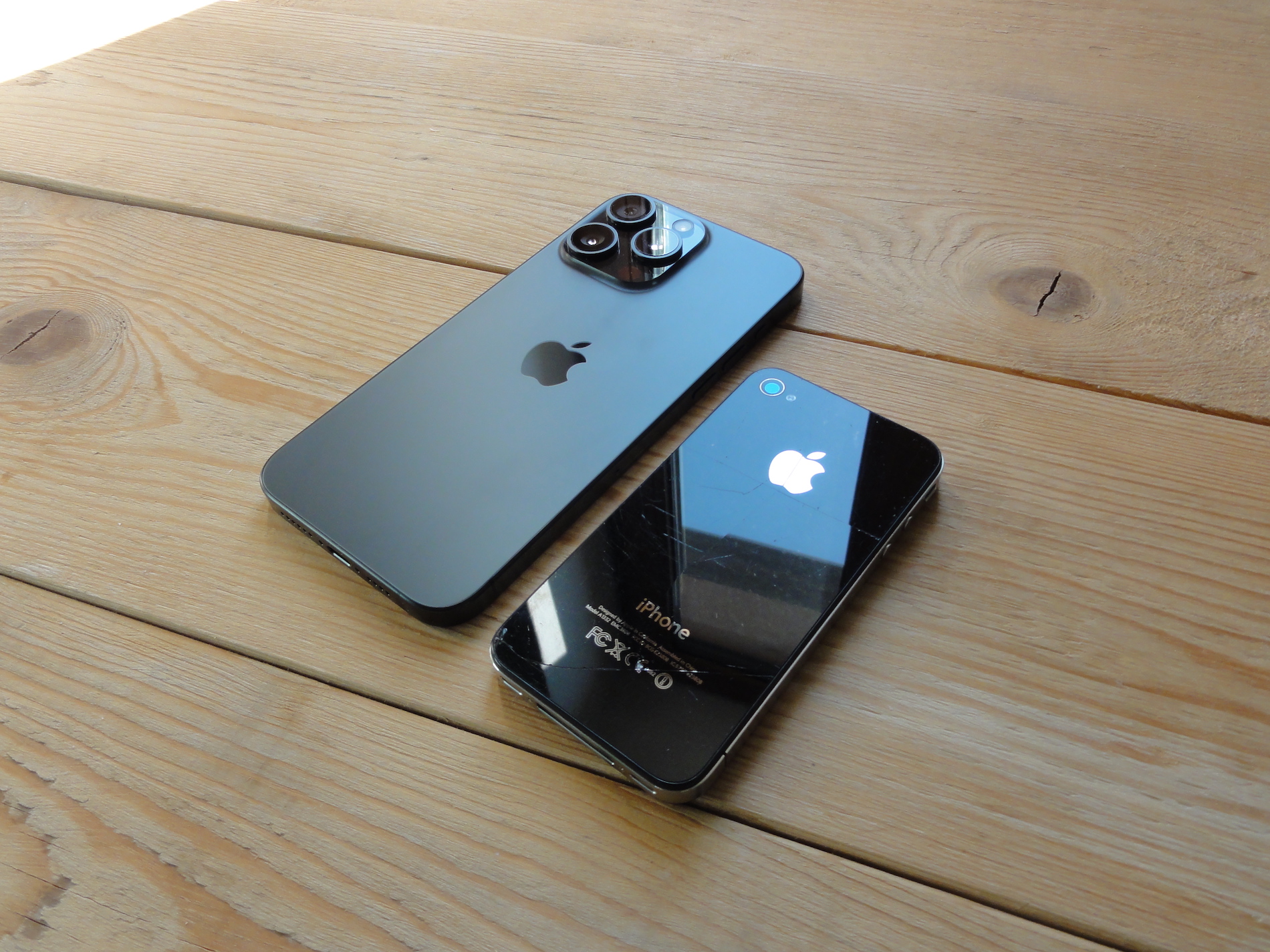
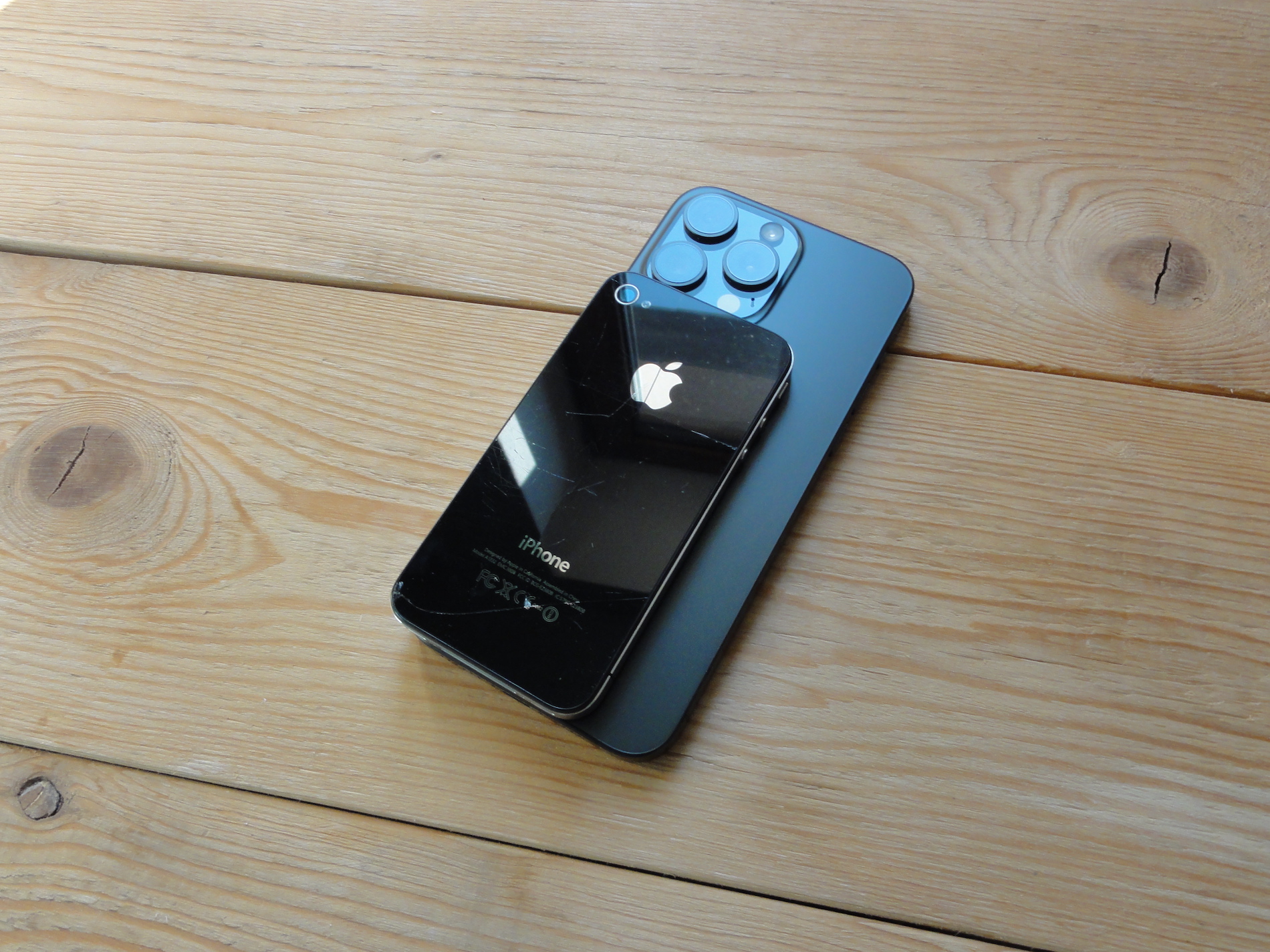
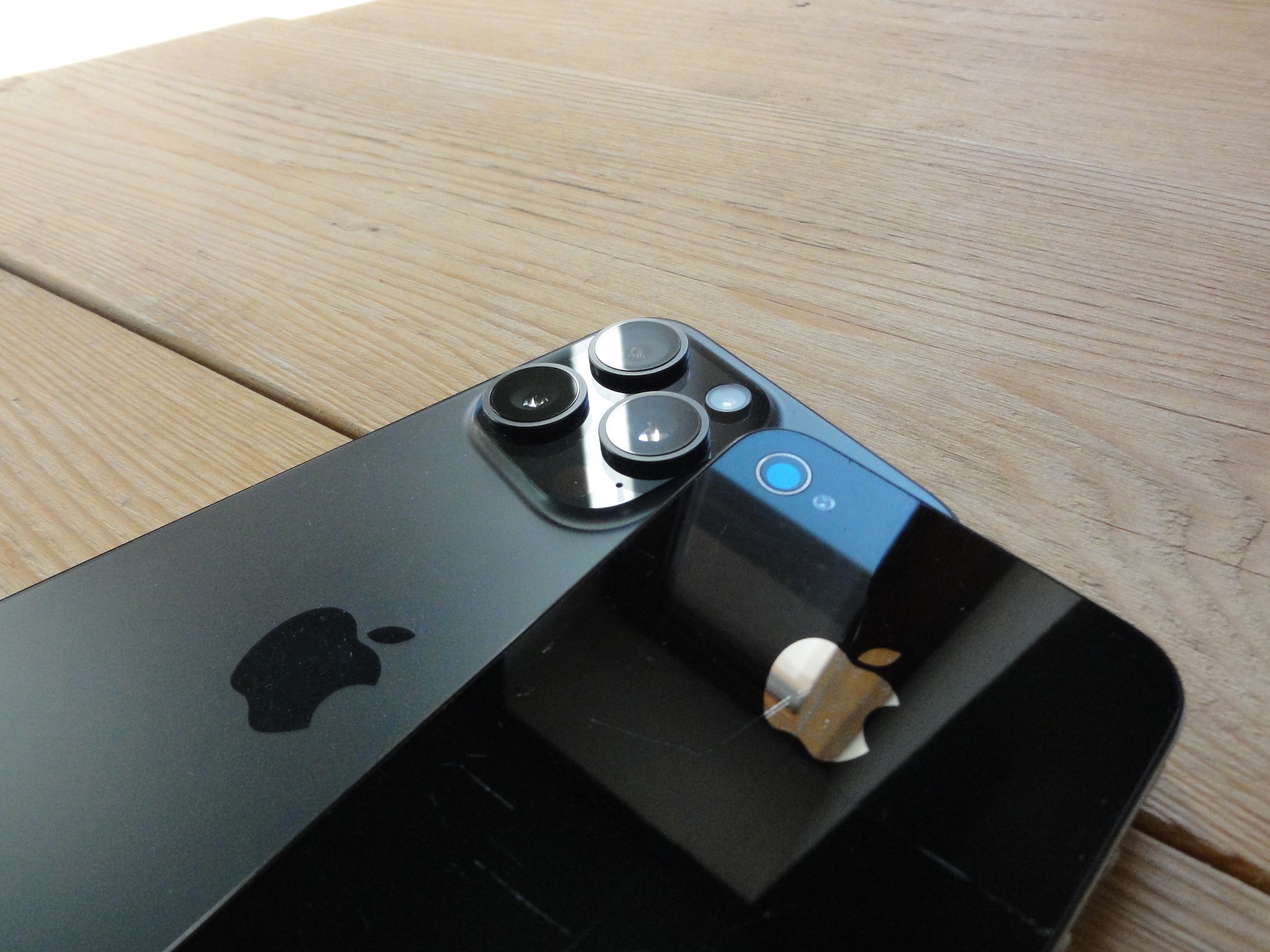

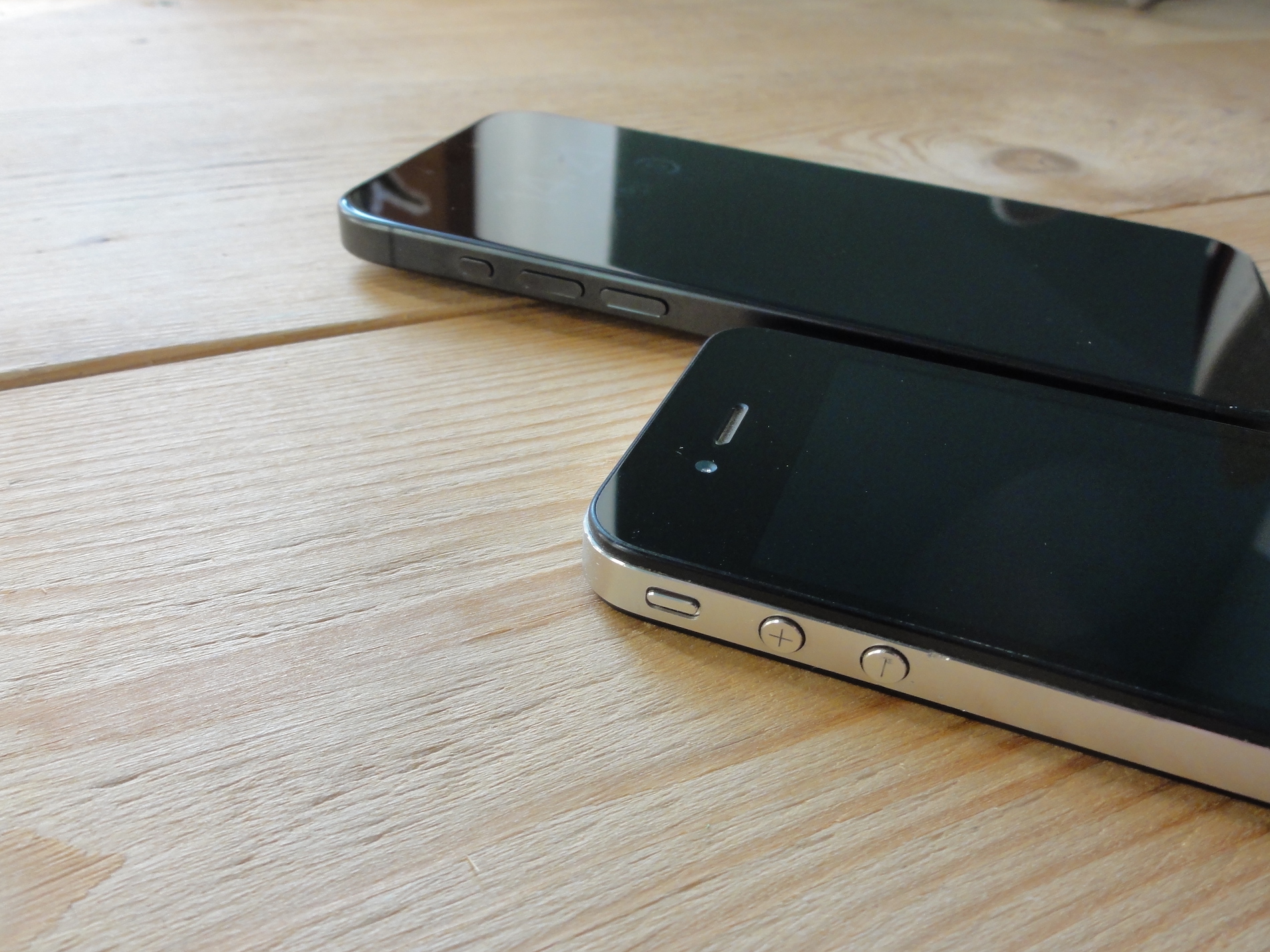

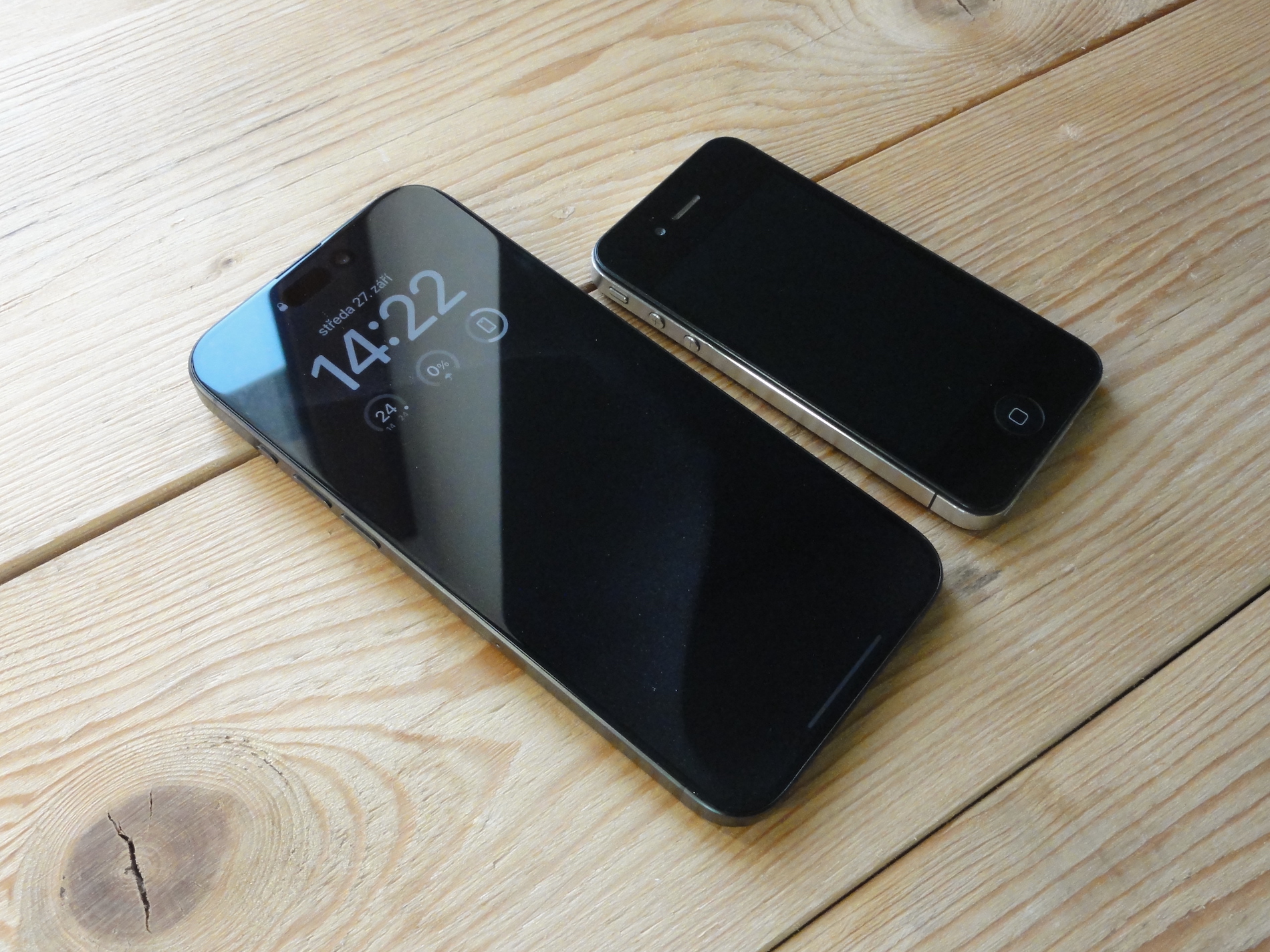
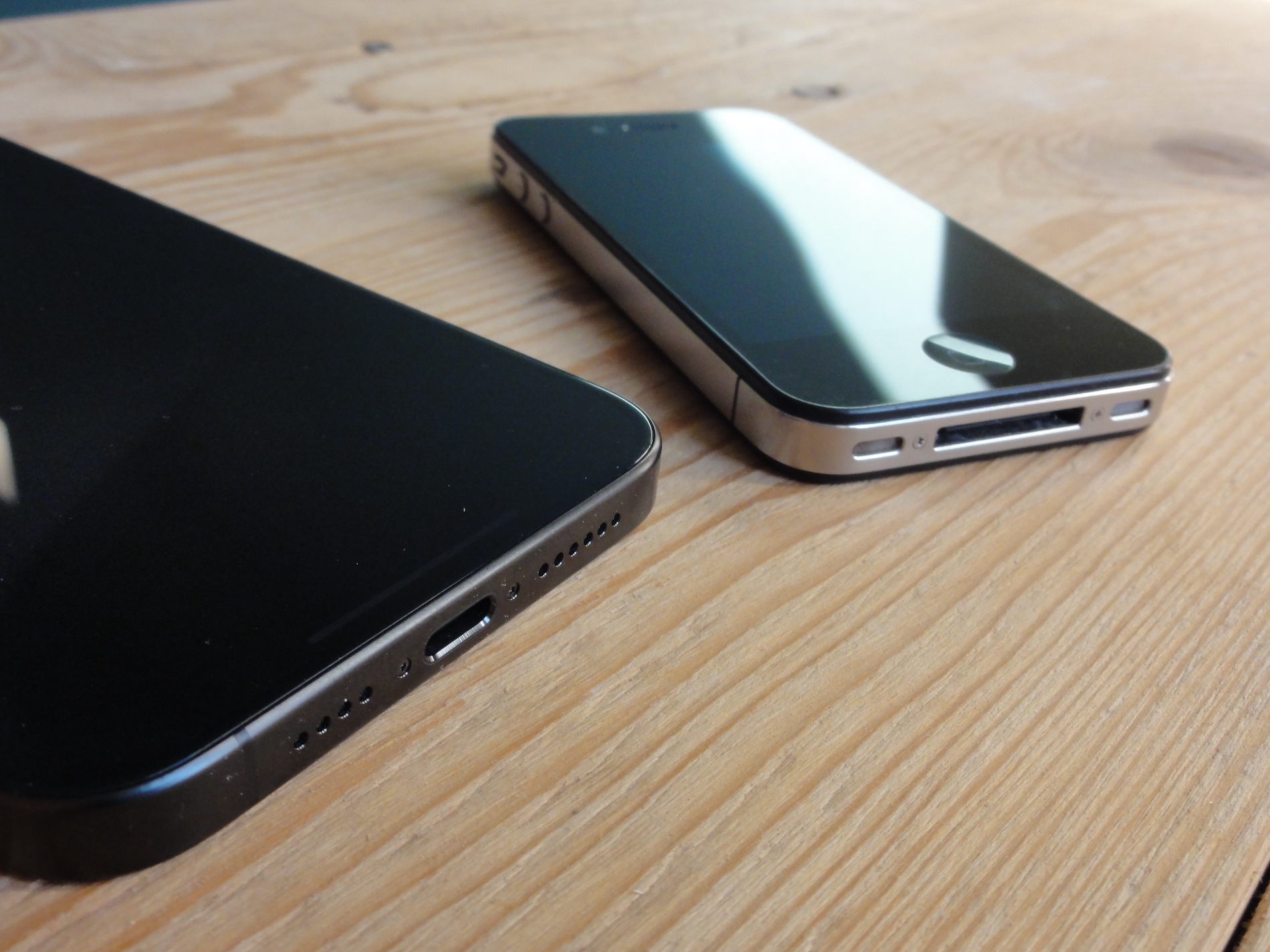
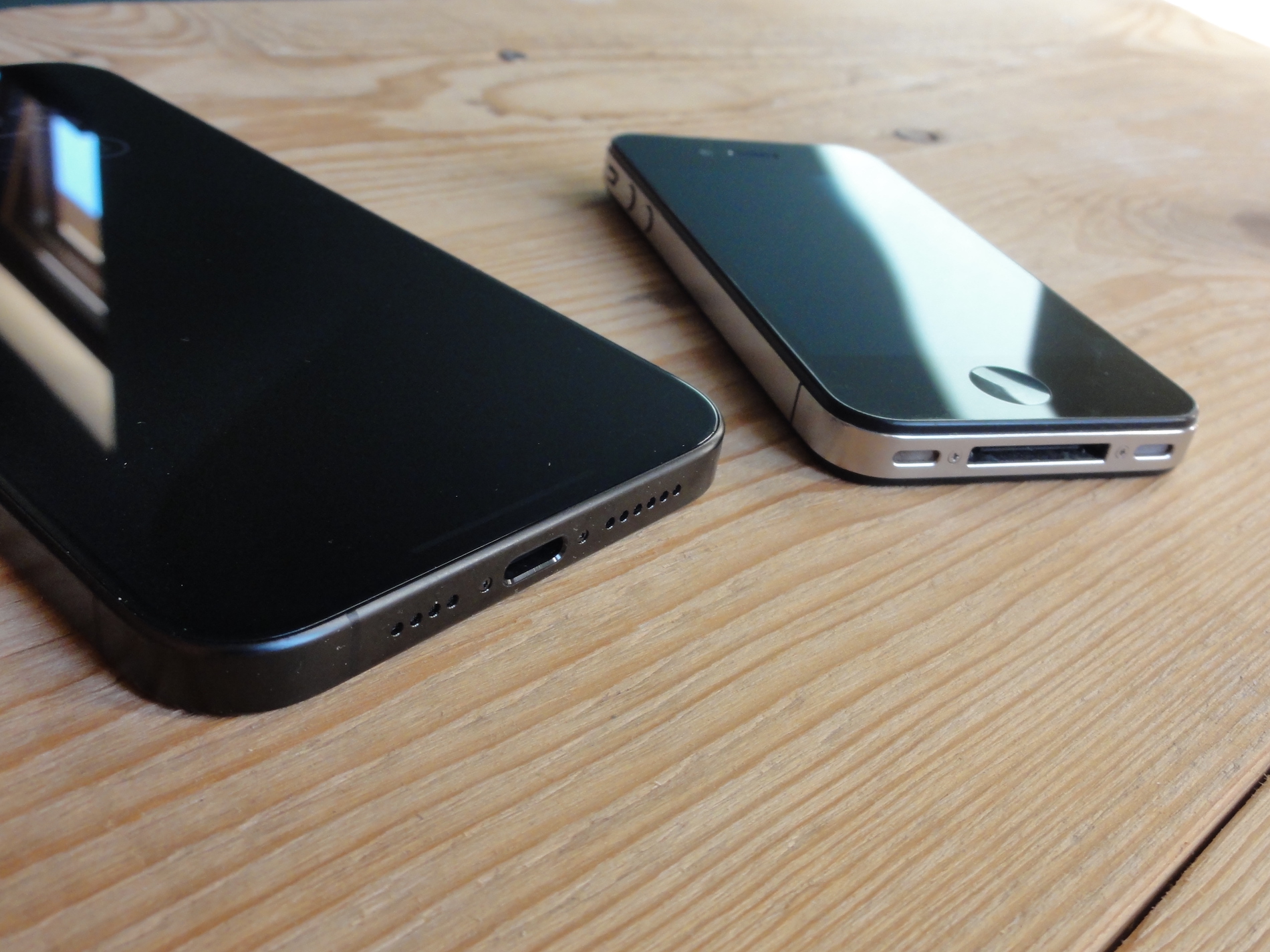
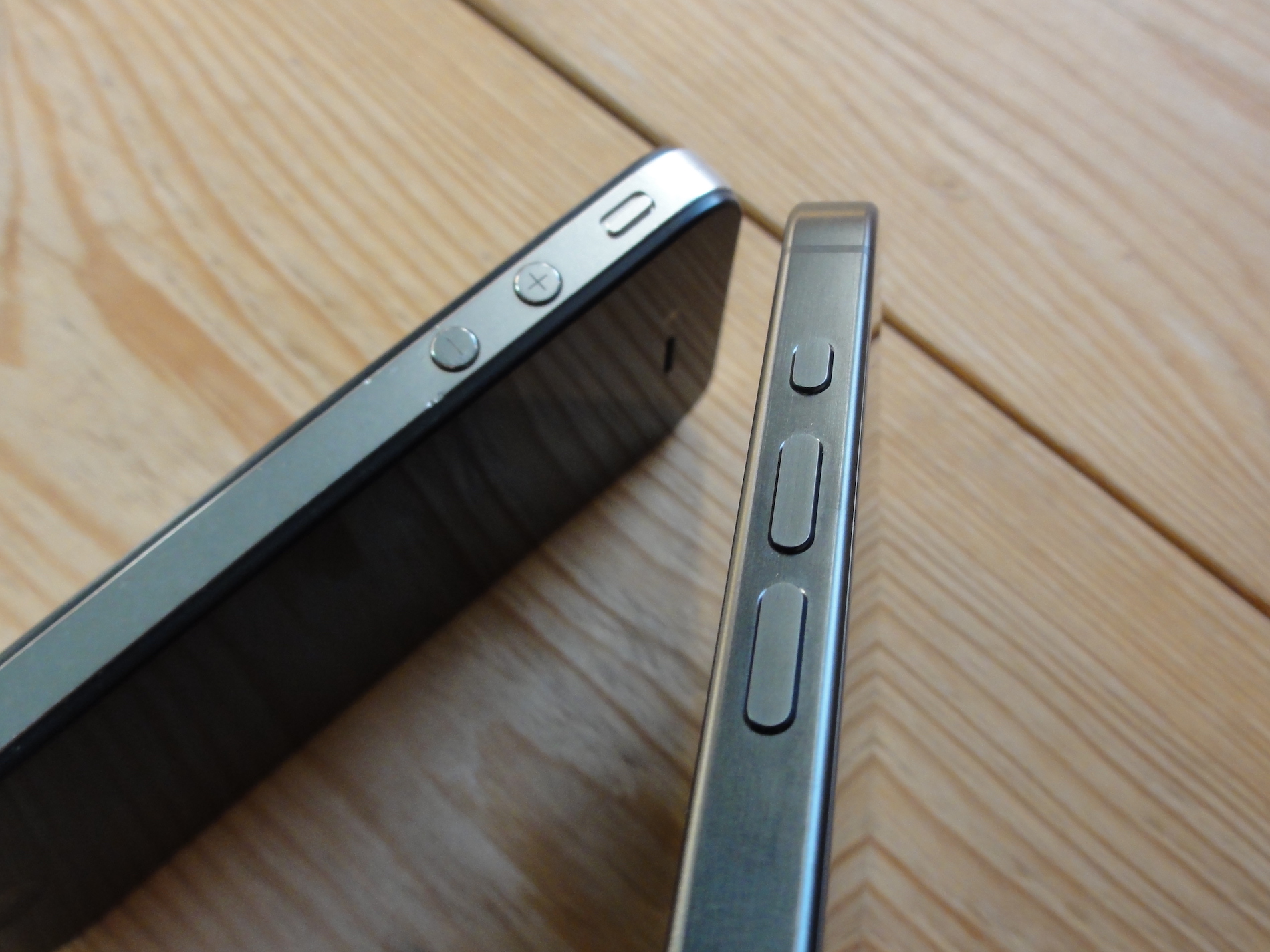
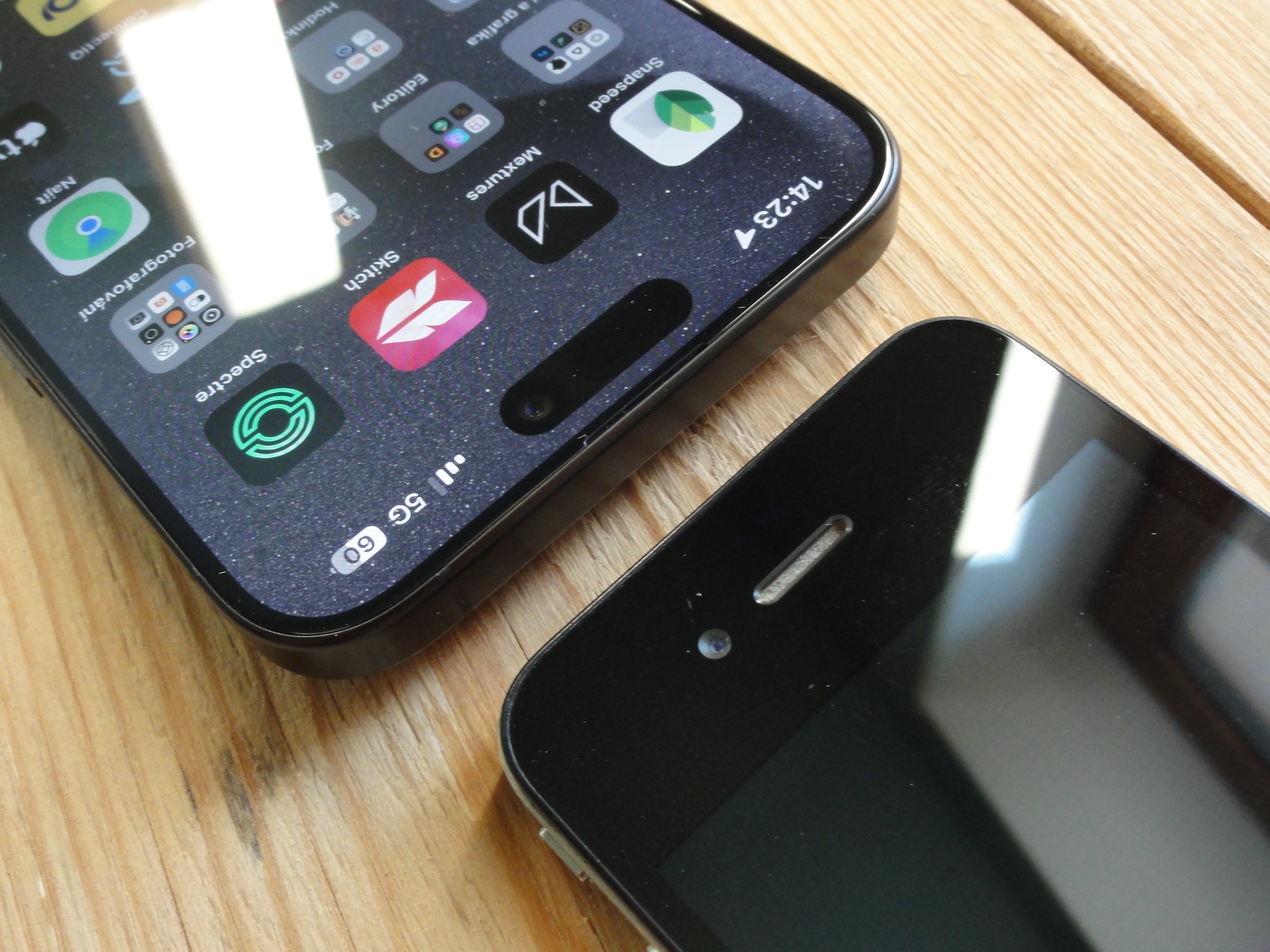
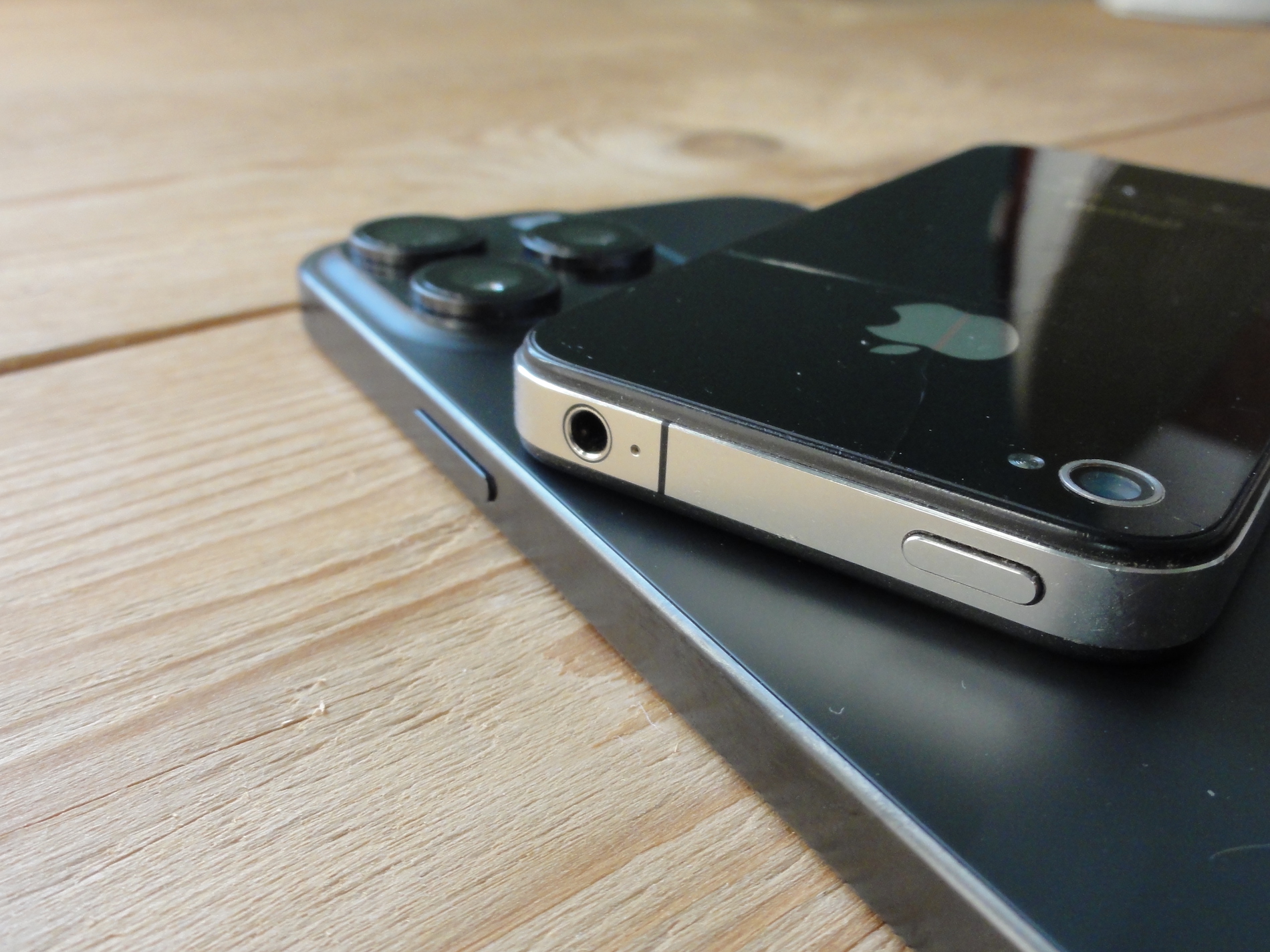
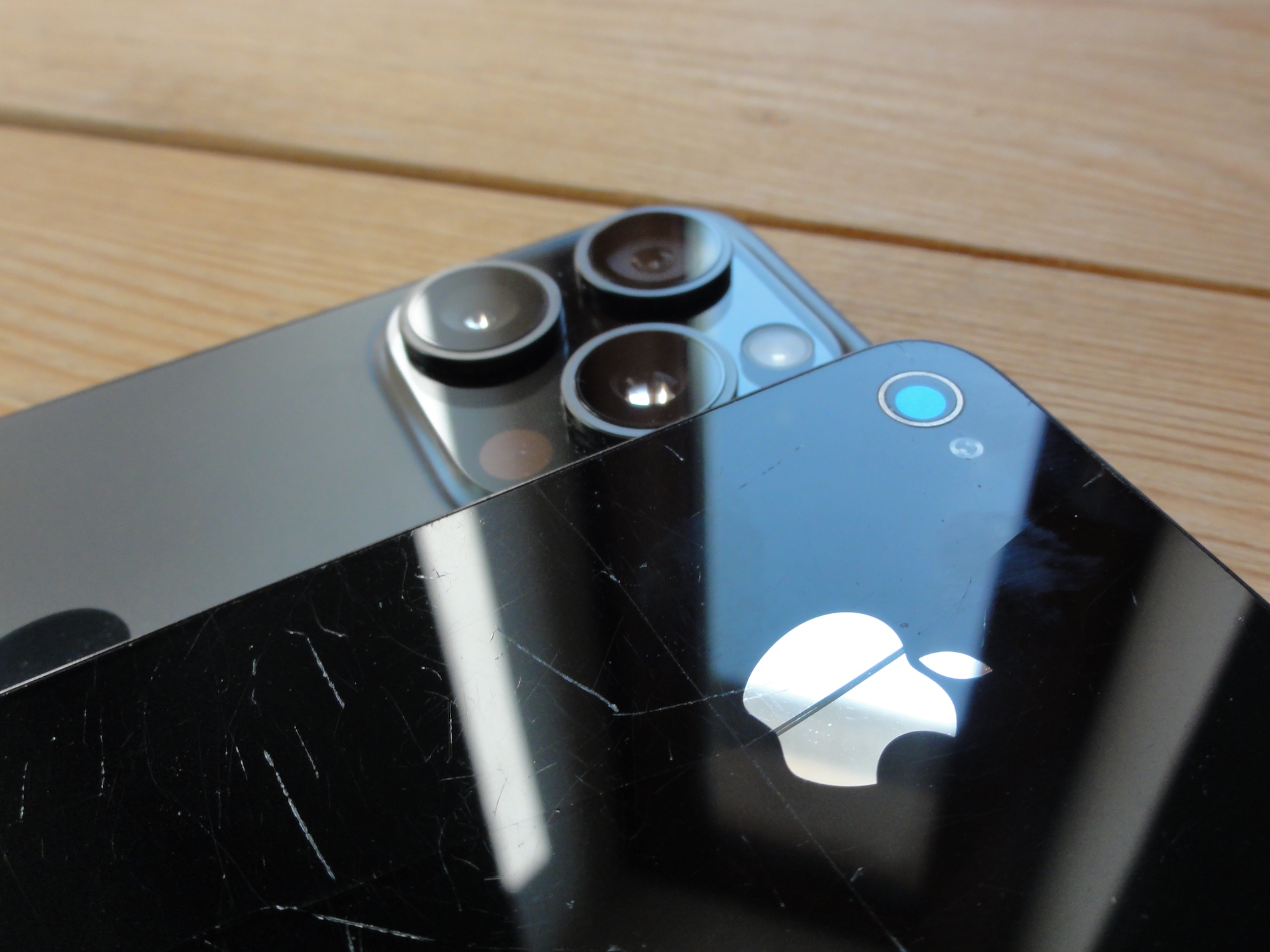
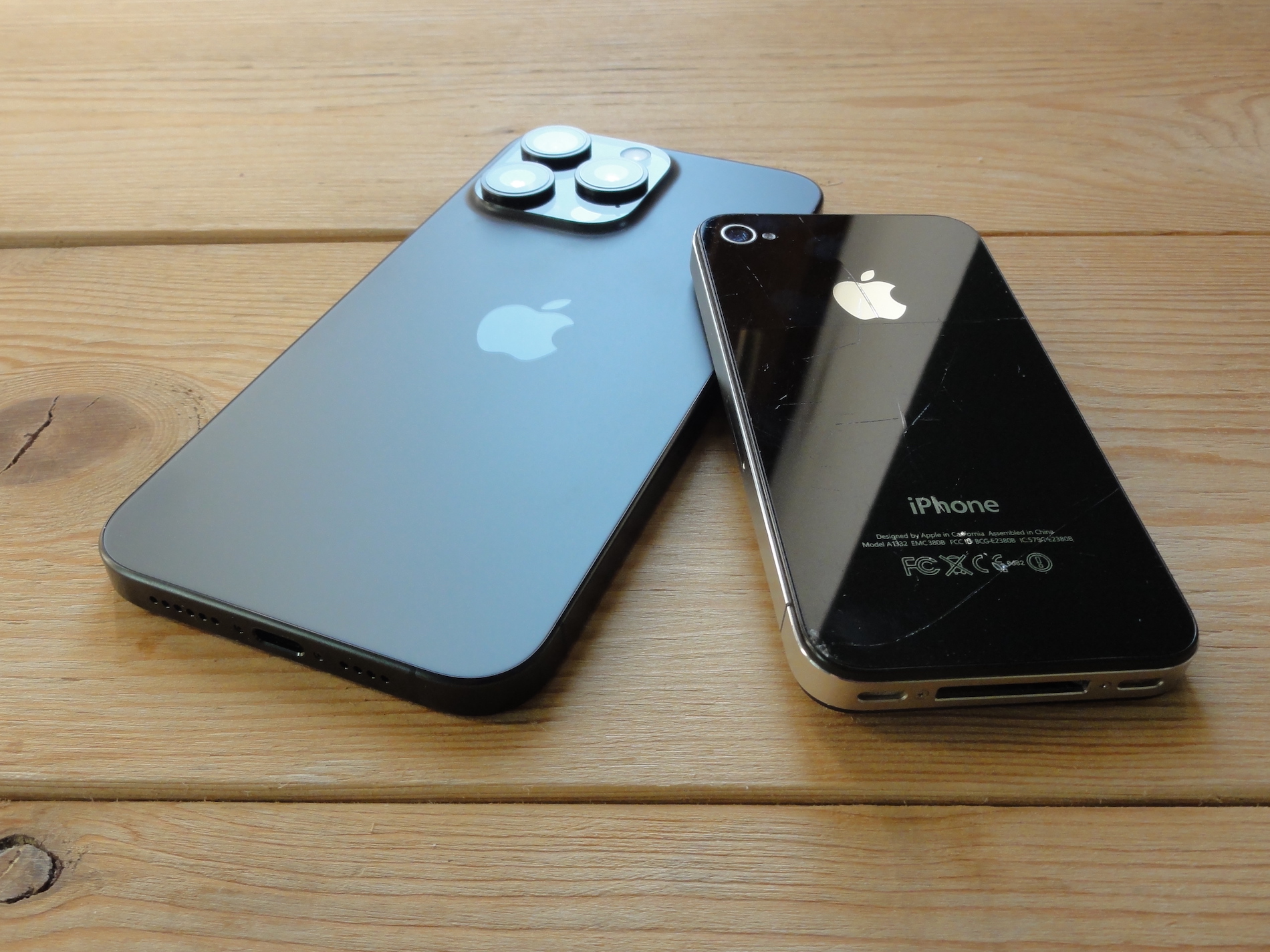
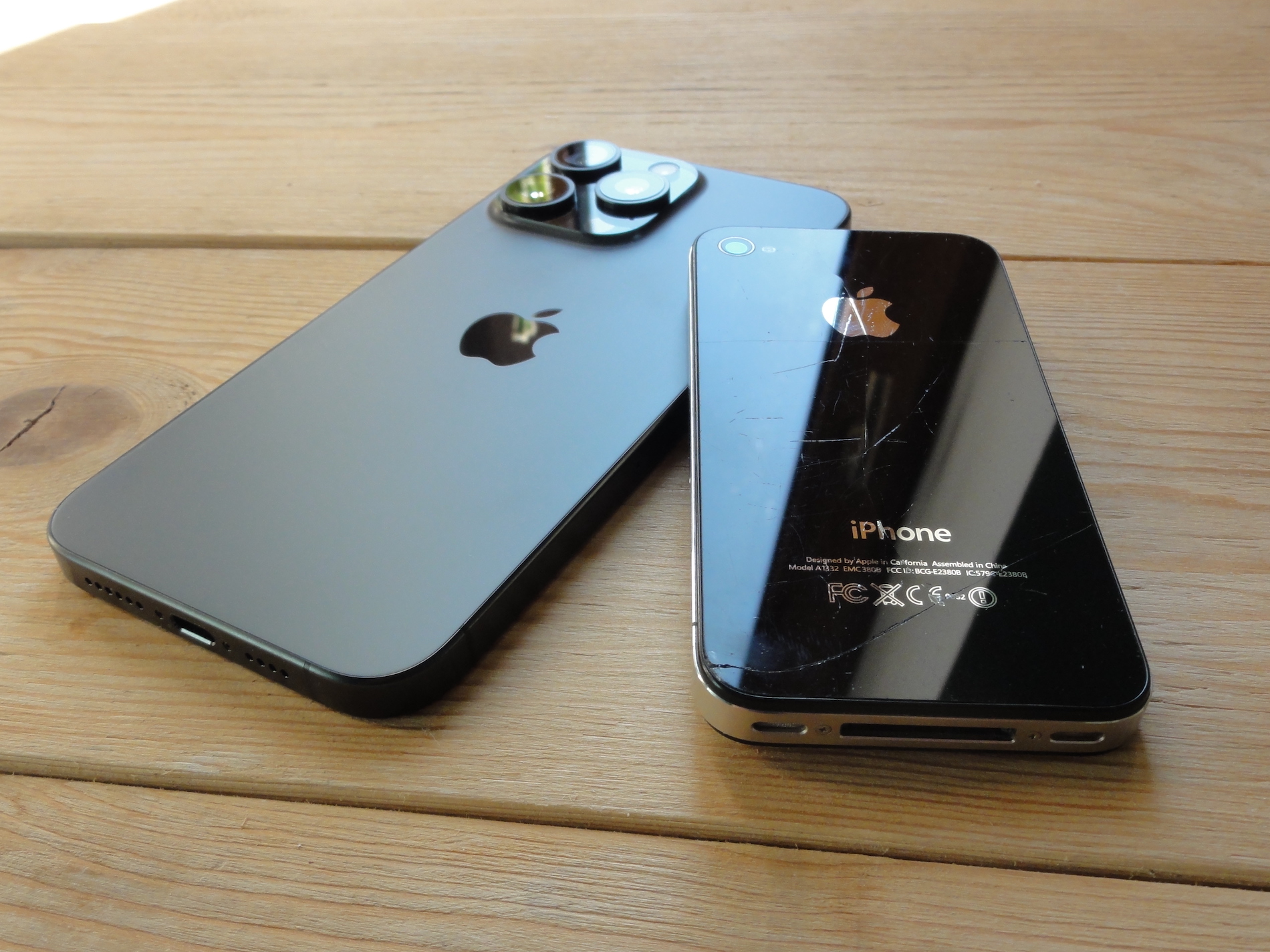



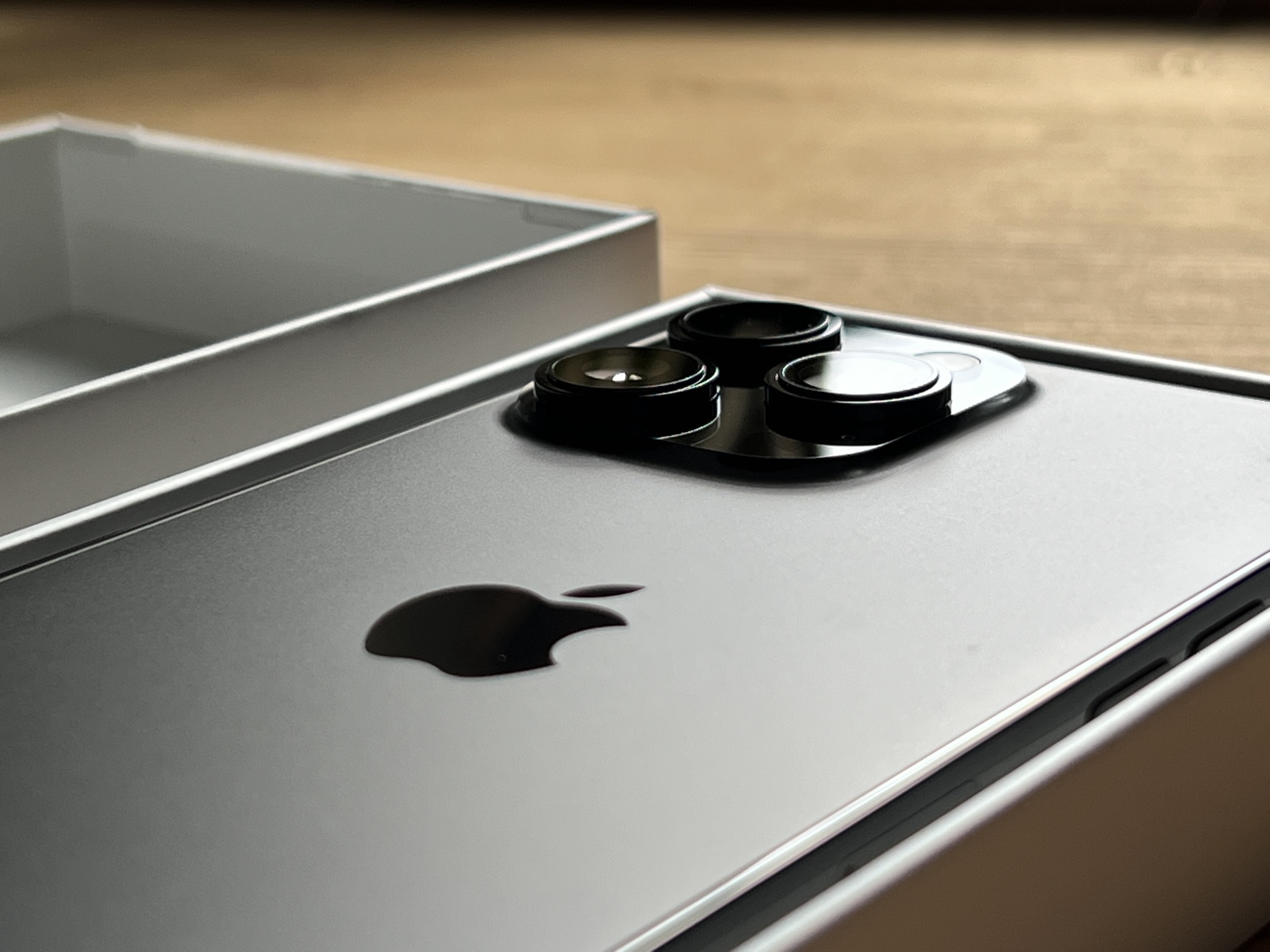
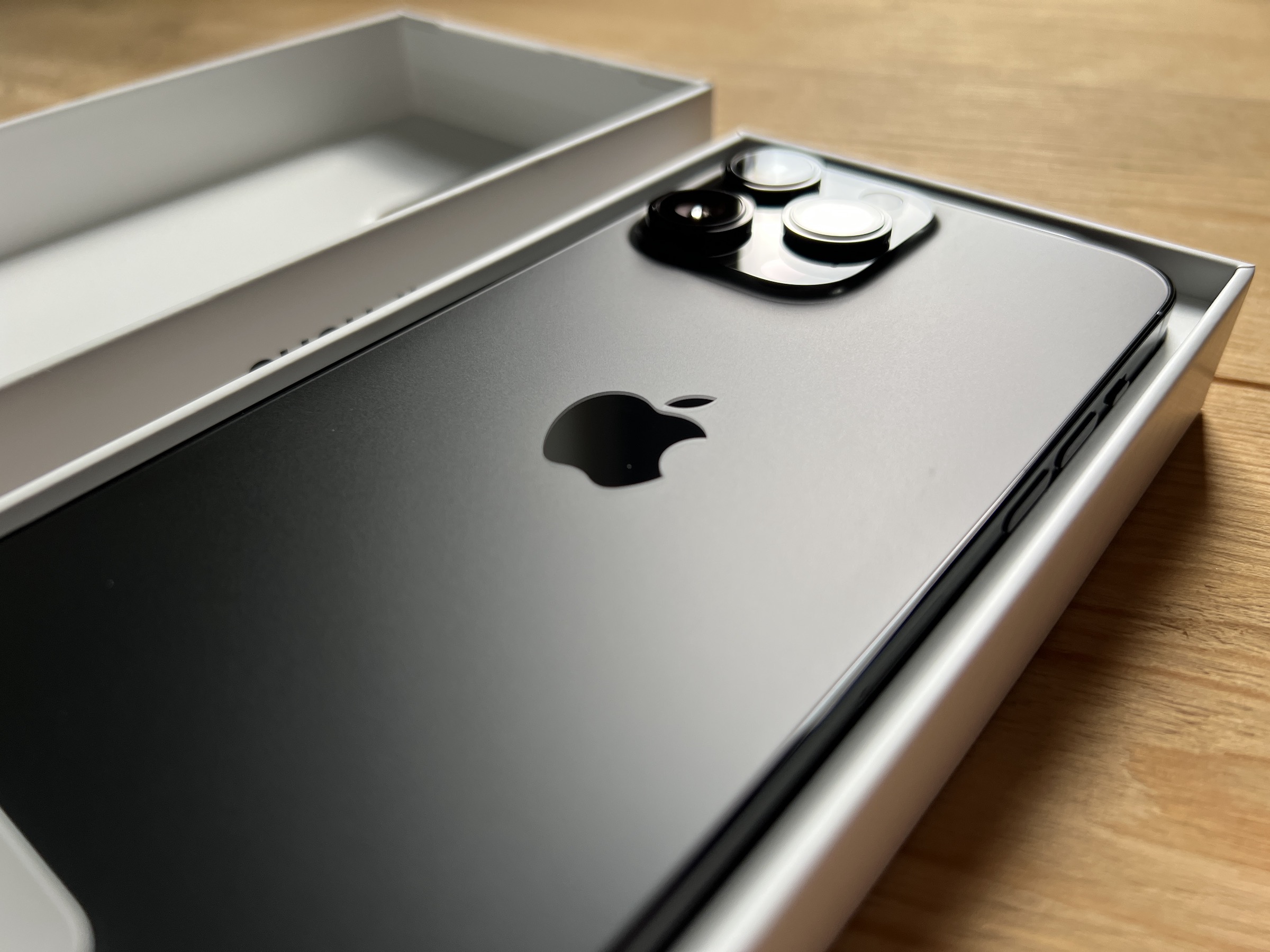

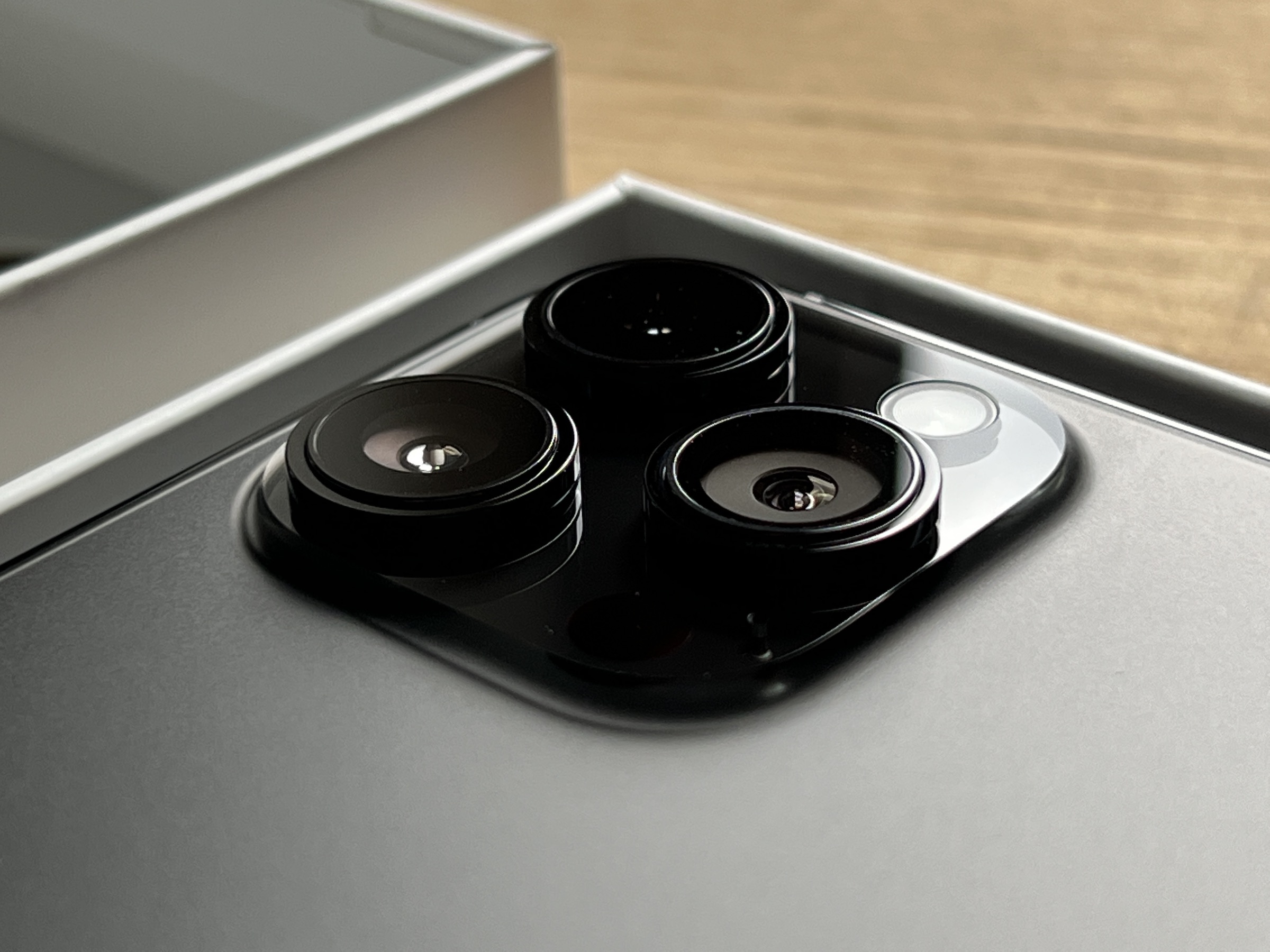
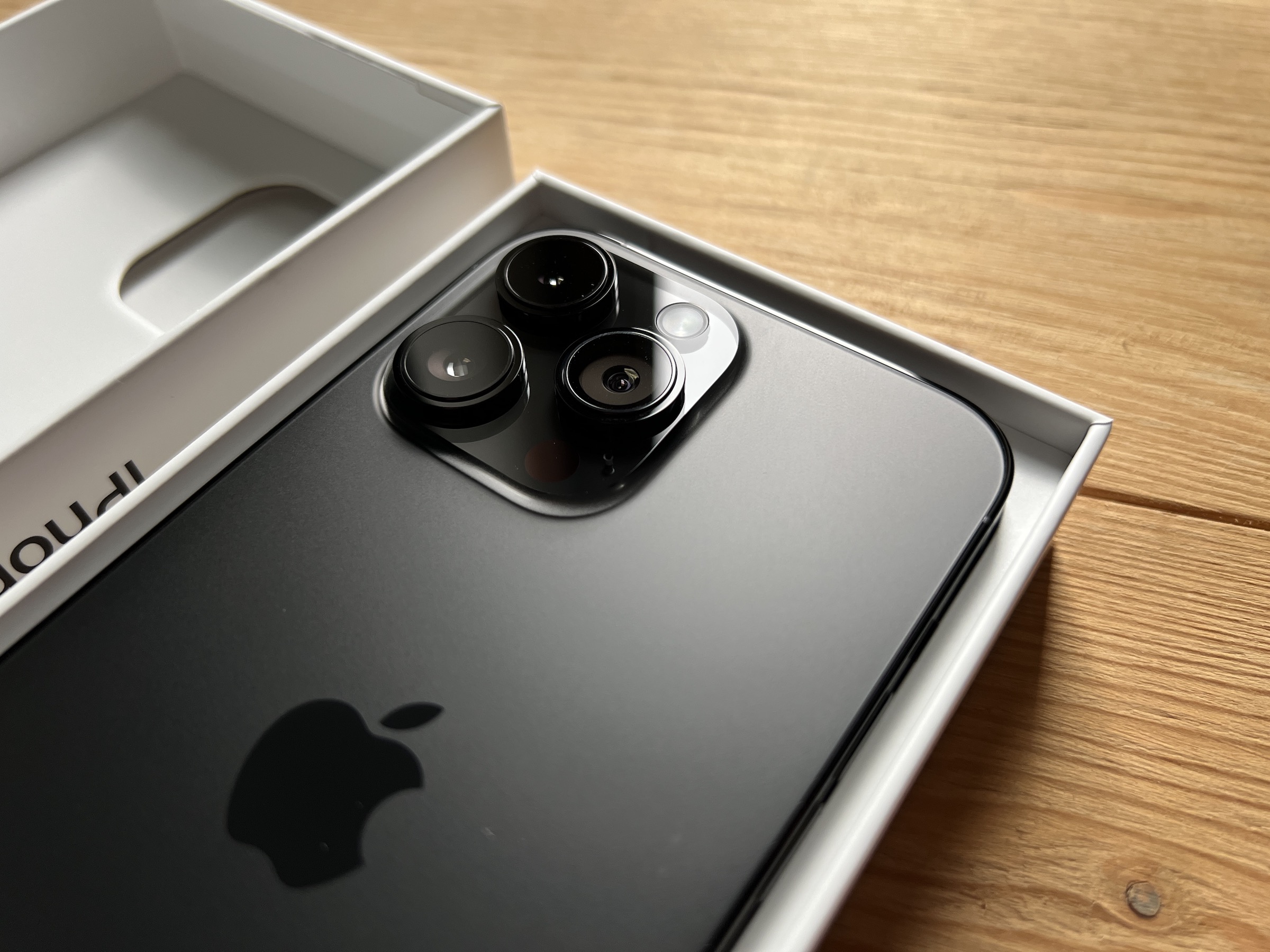
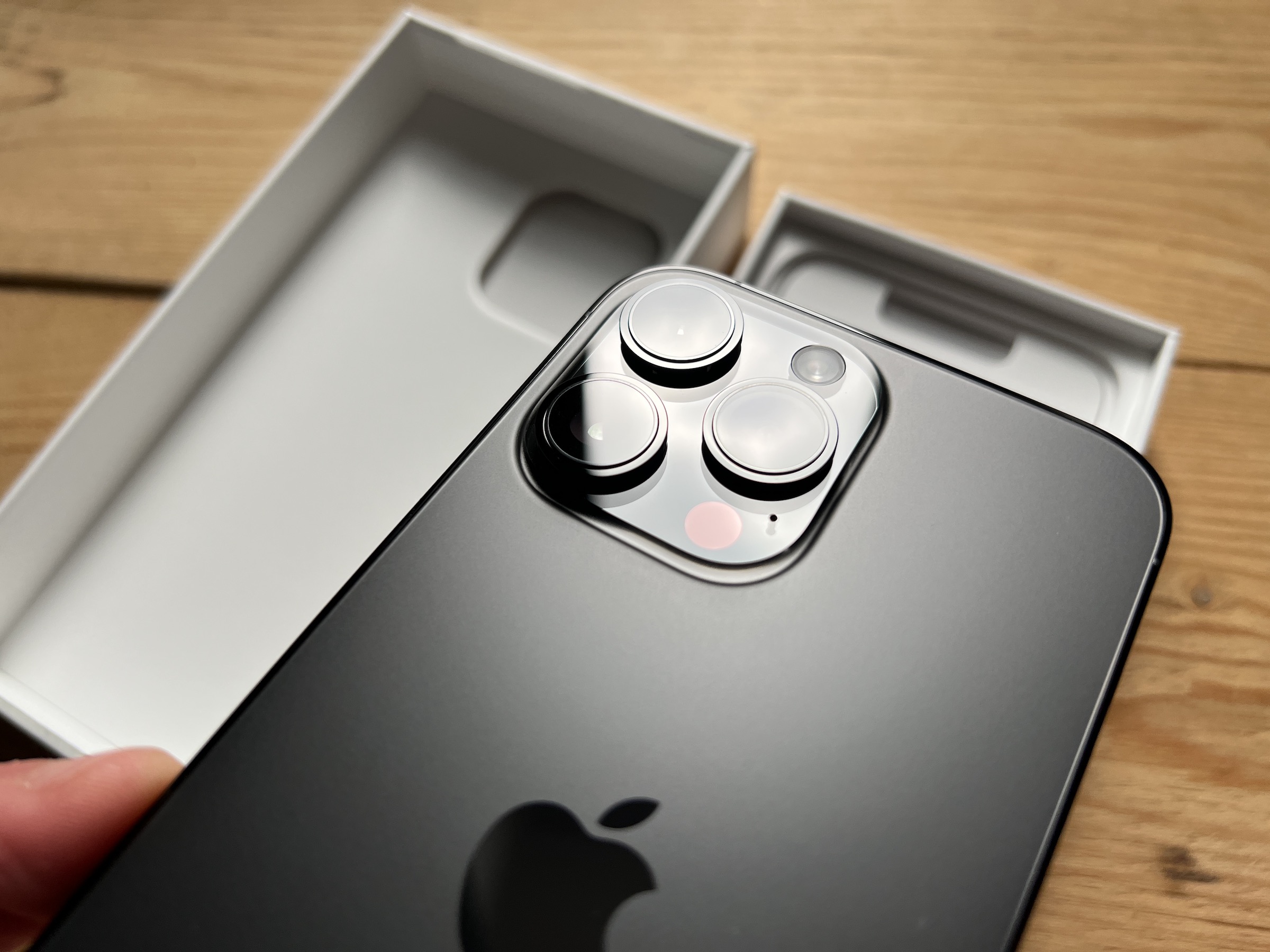

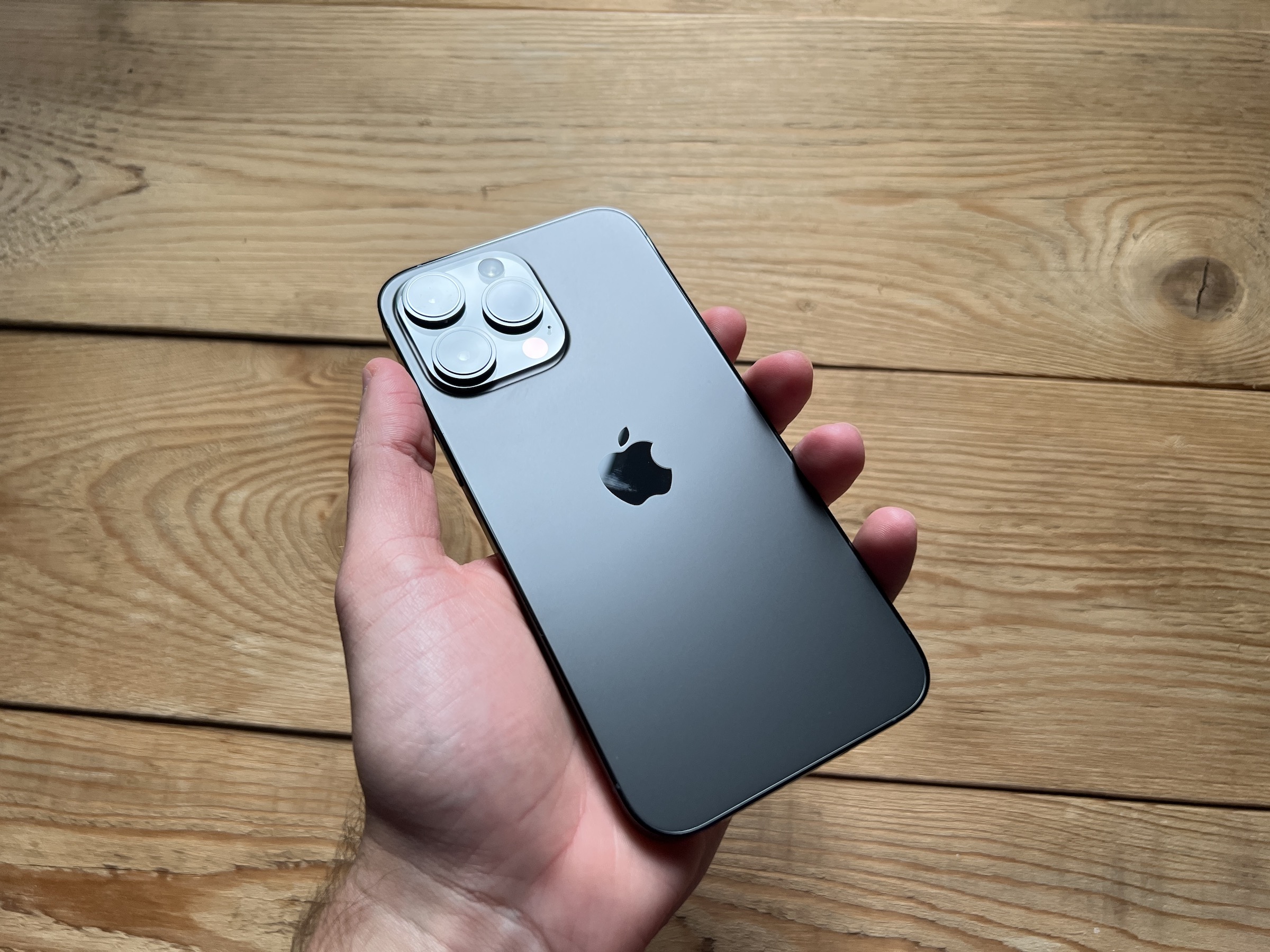
 Adam Kos
Adam Kos 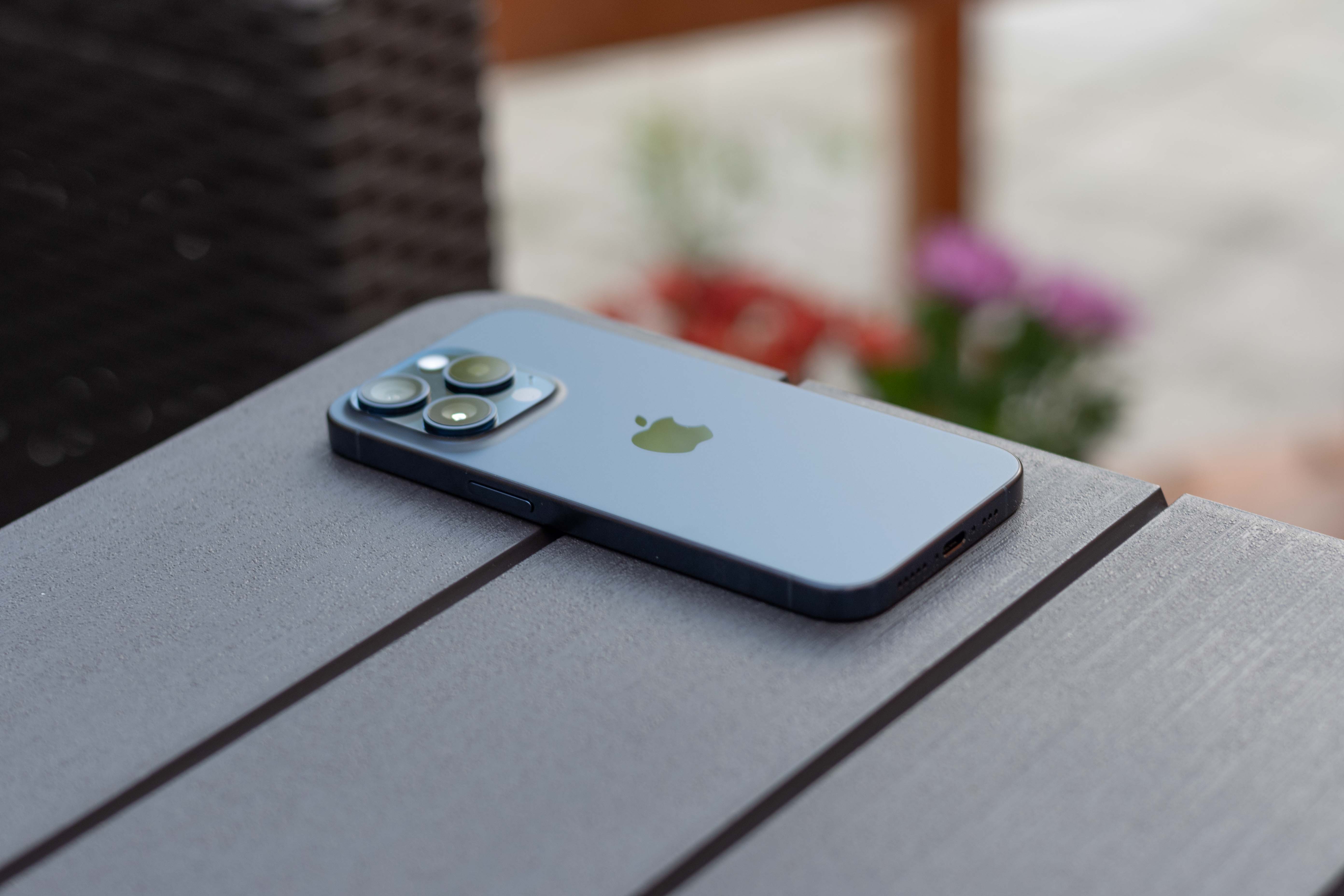
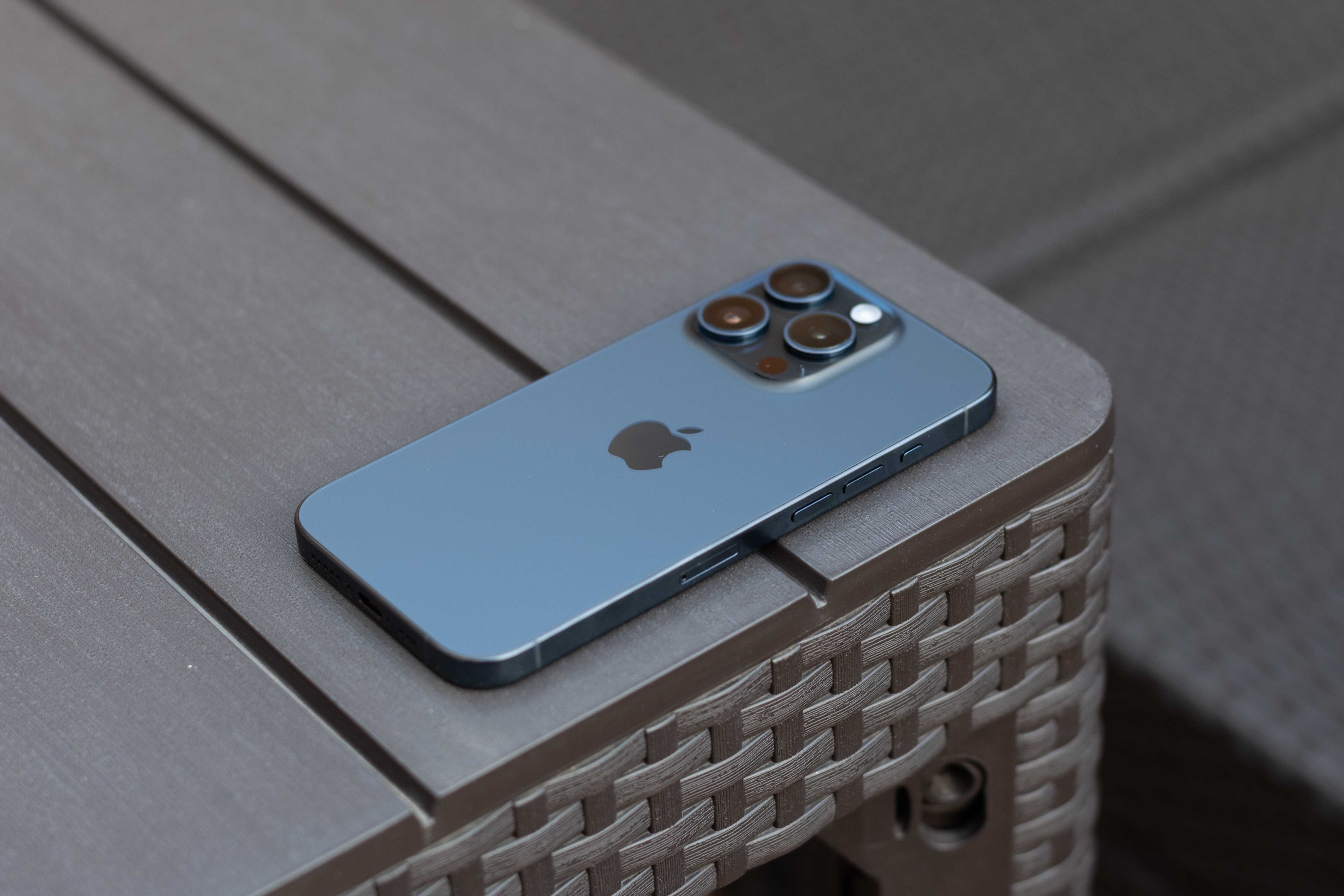
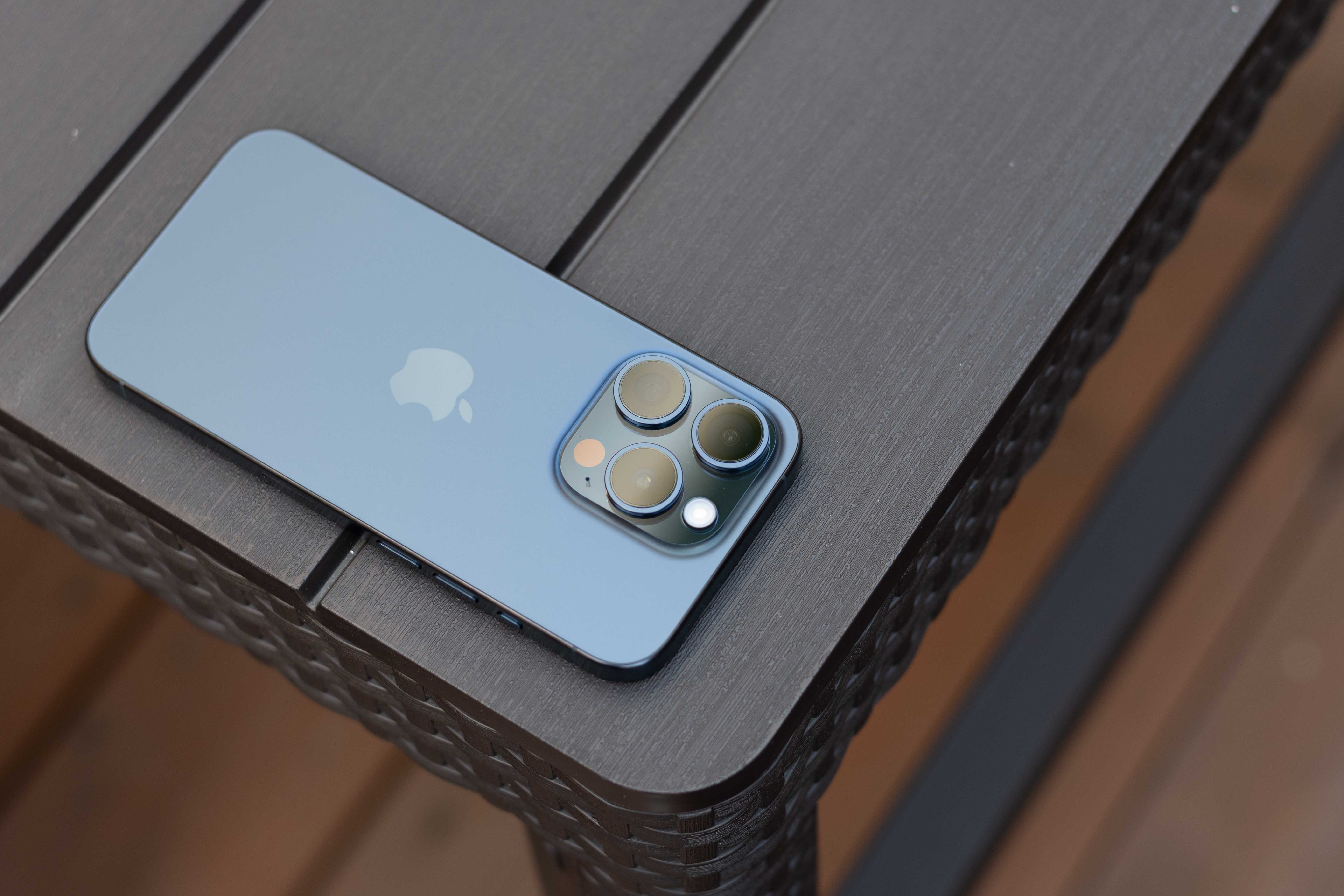

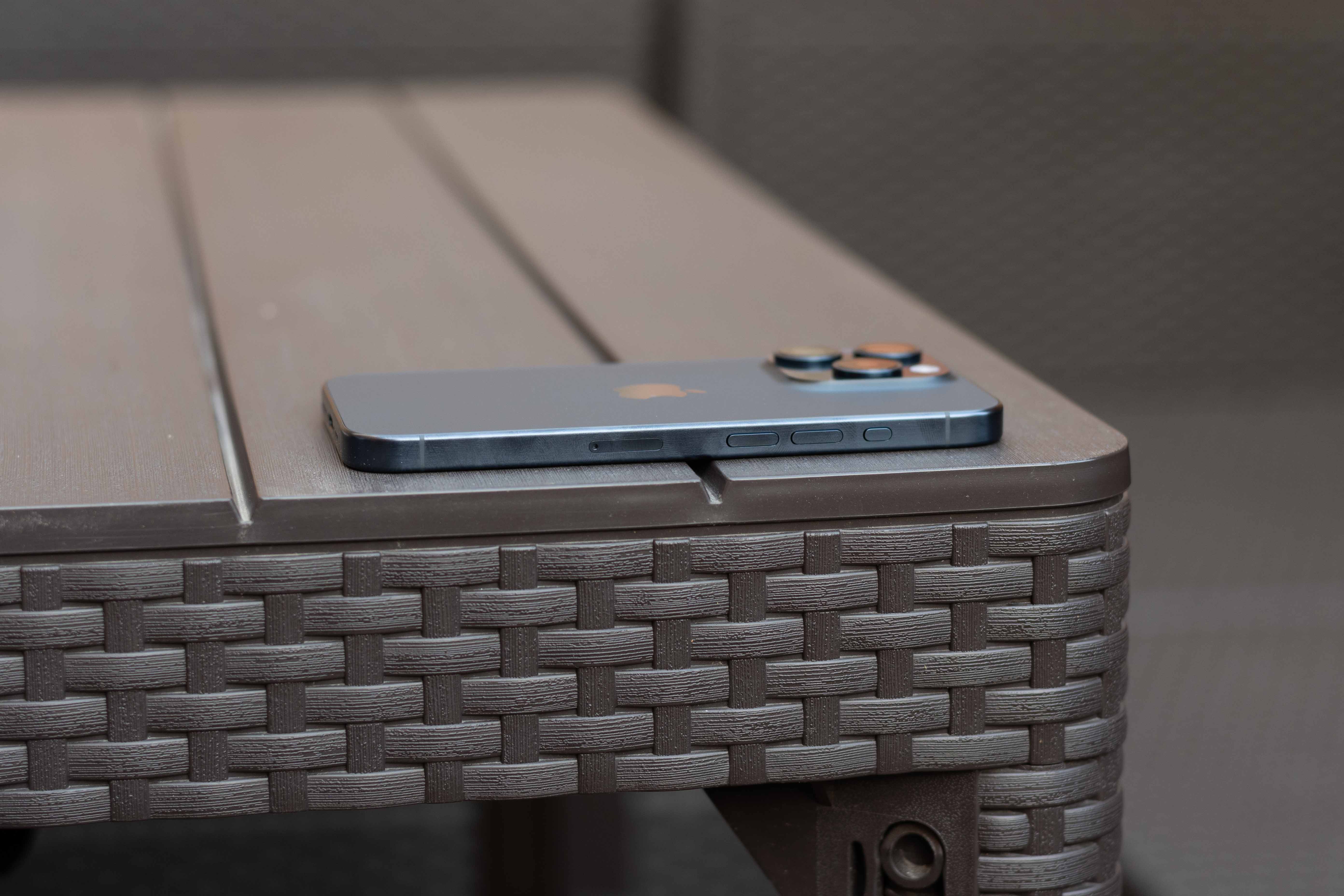
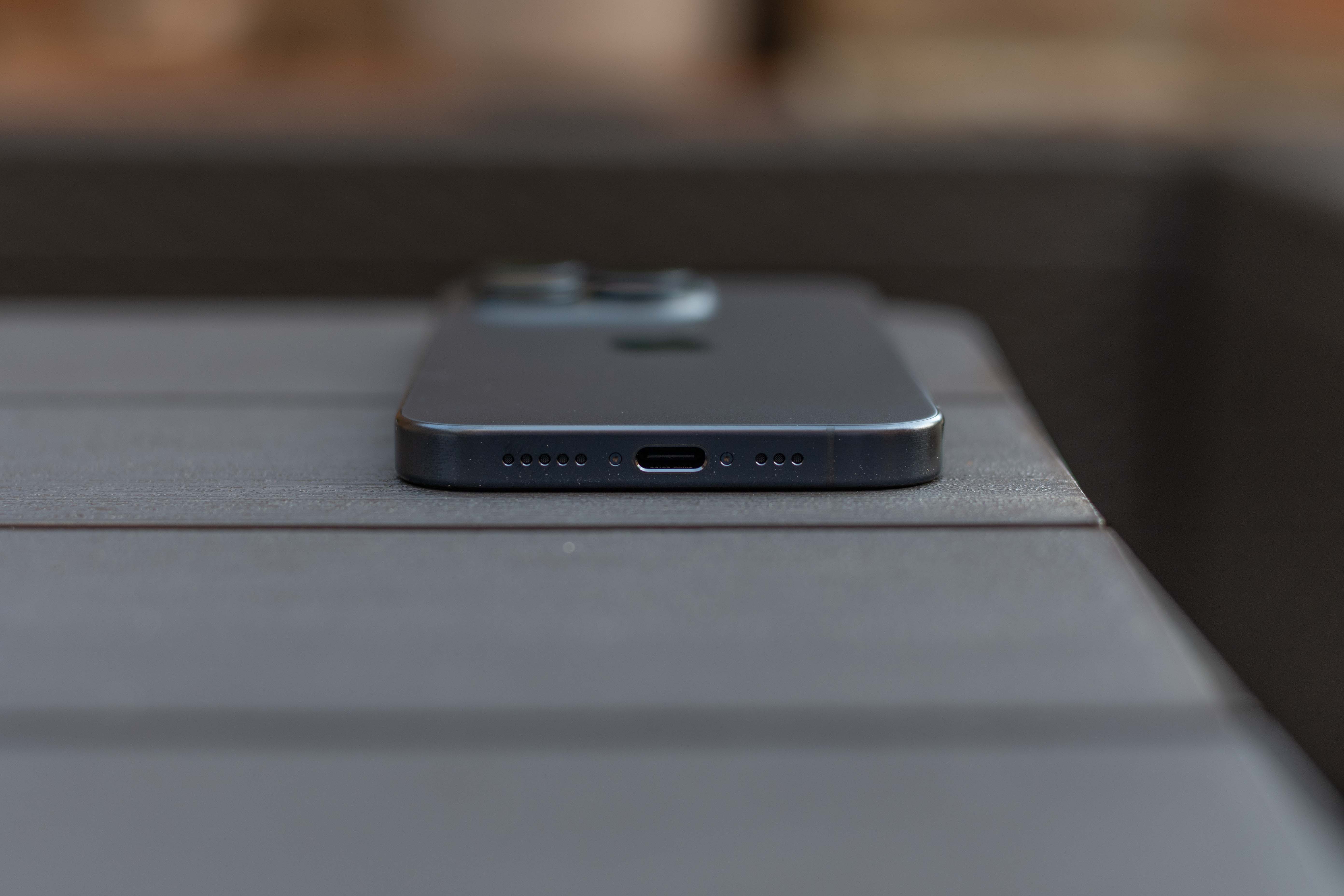
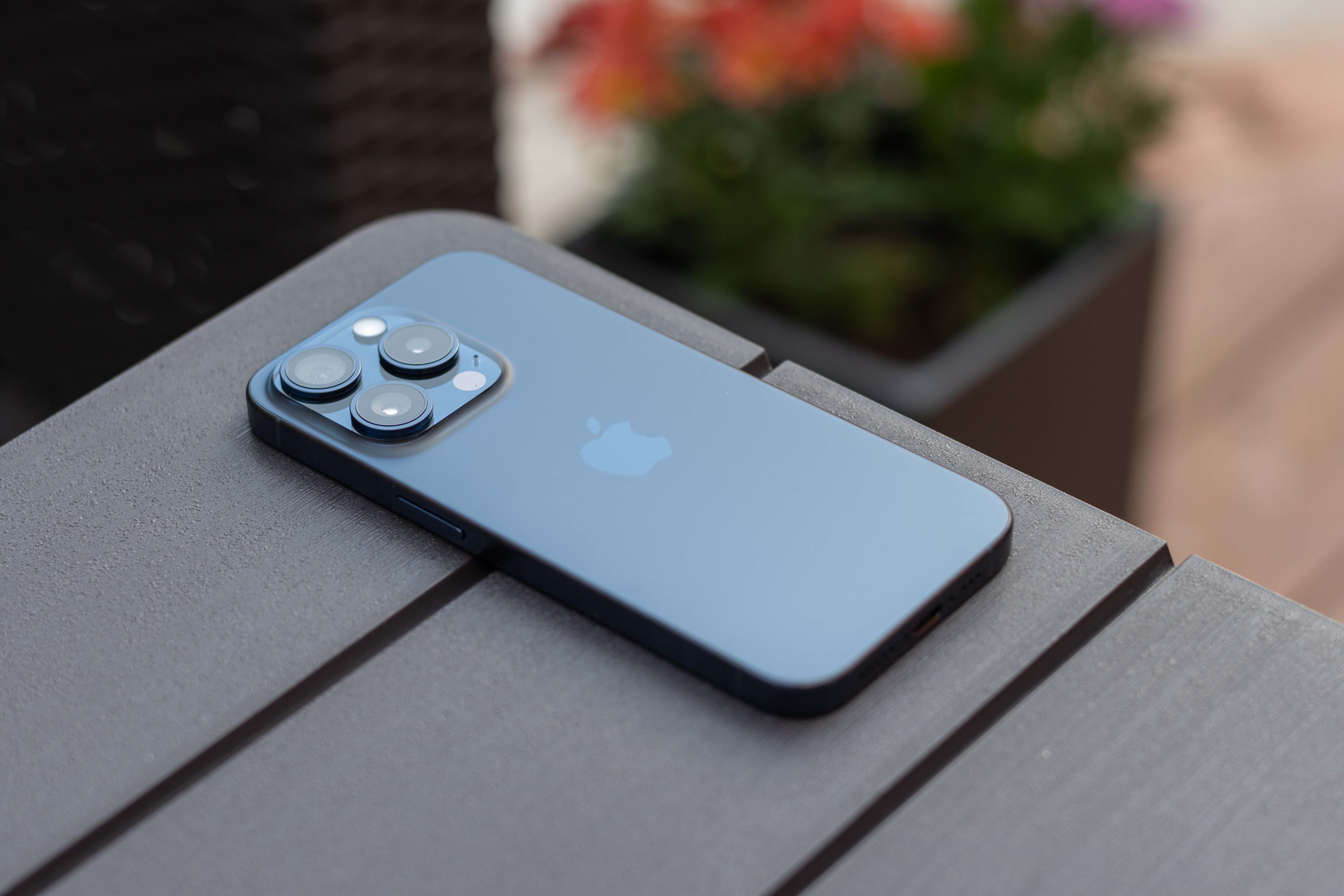
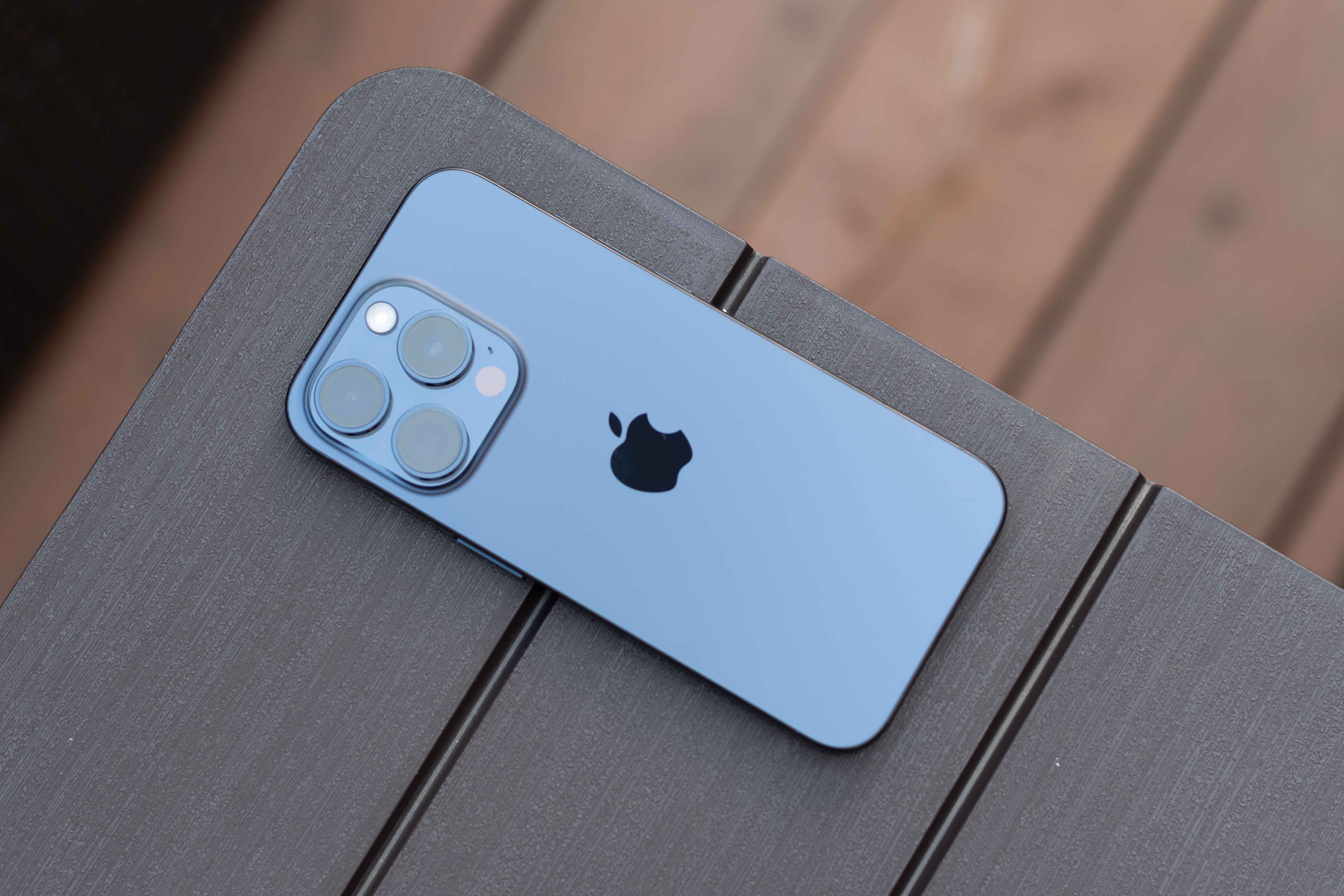
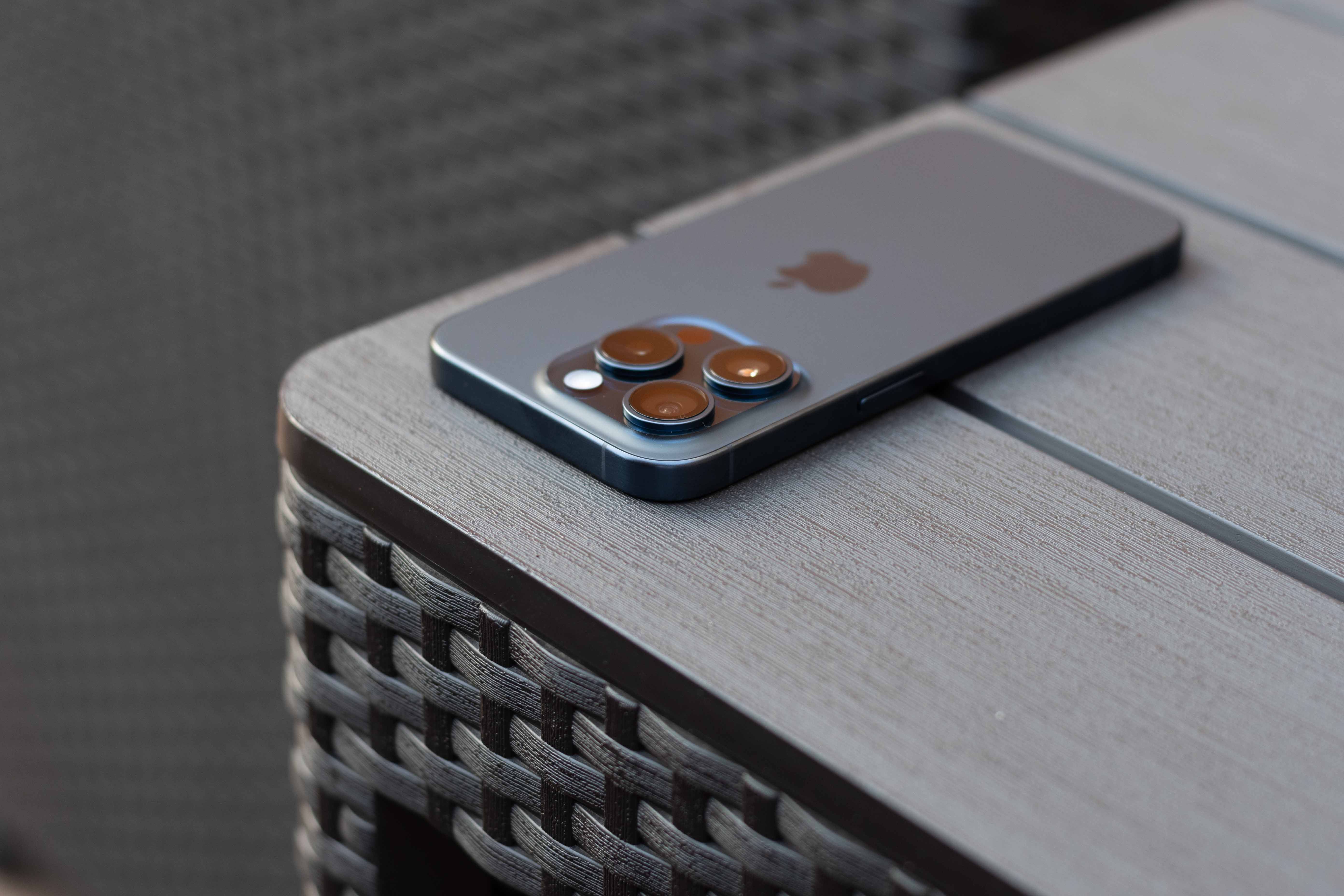
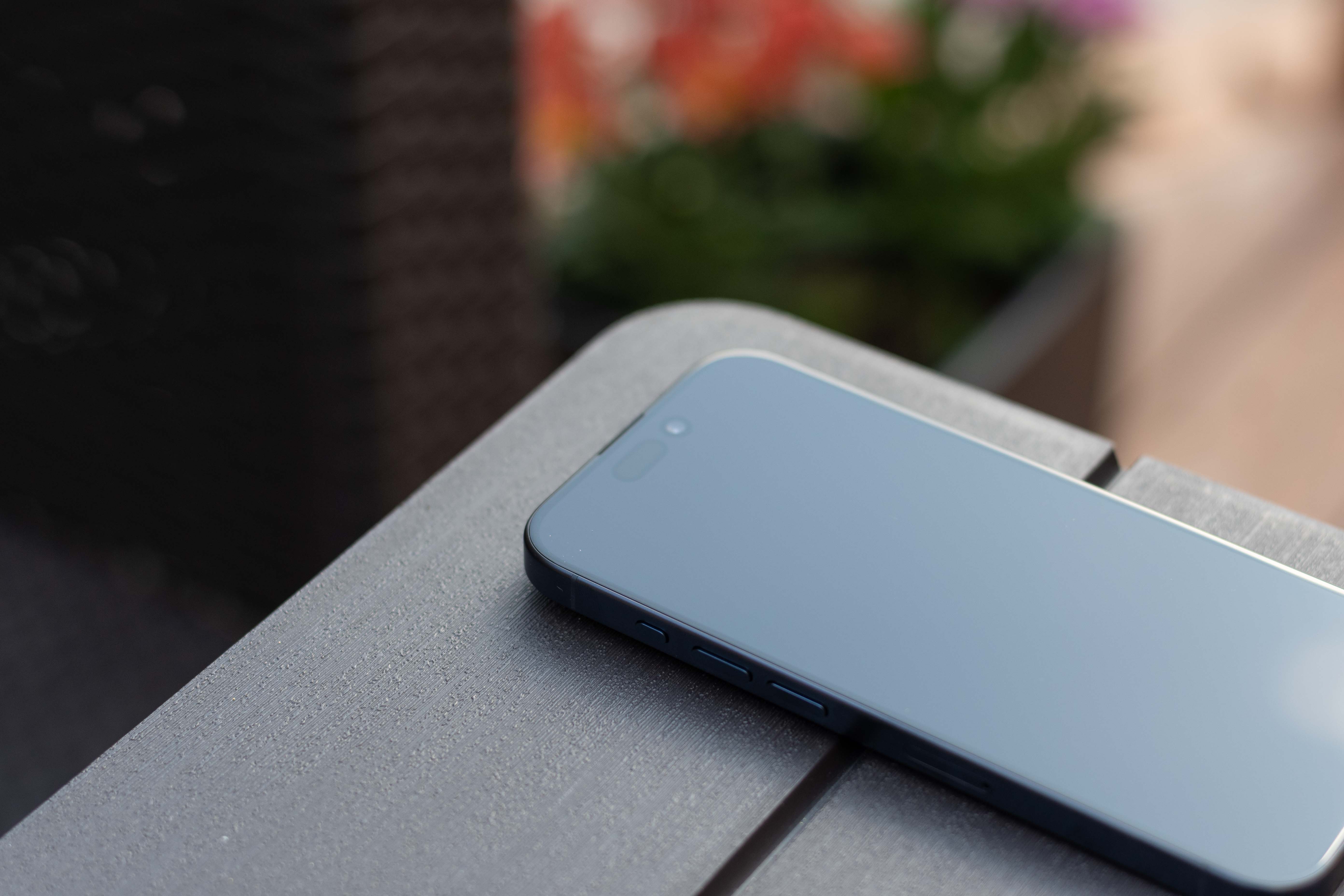
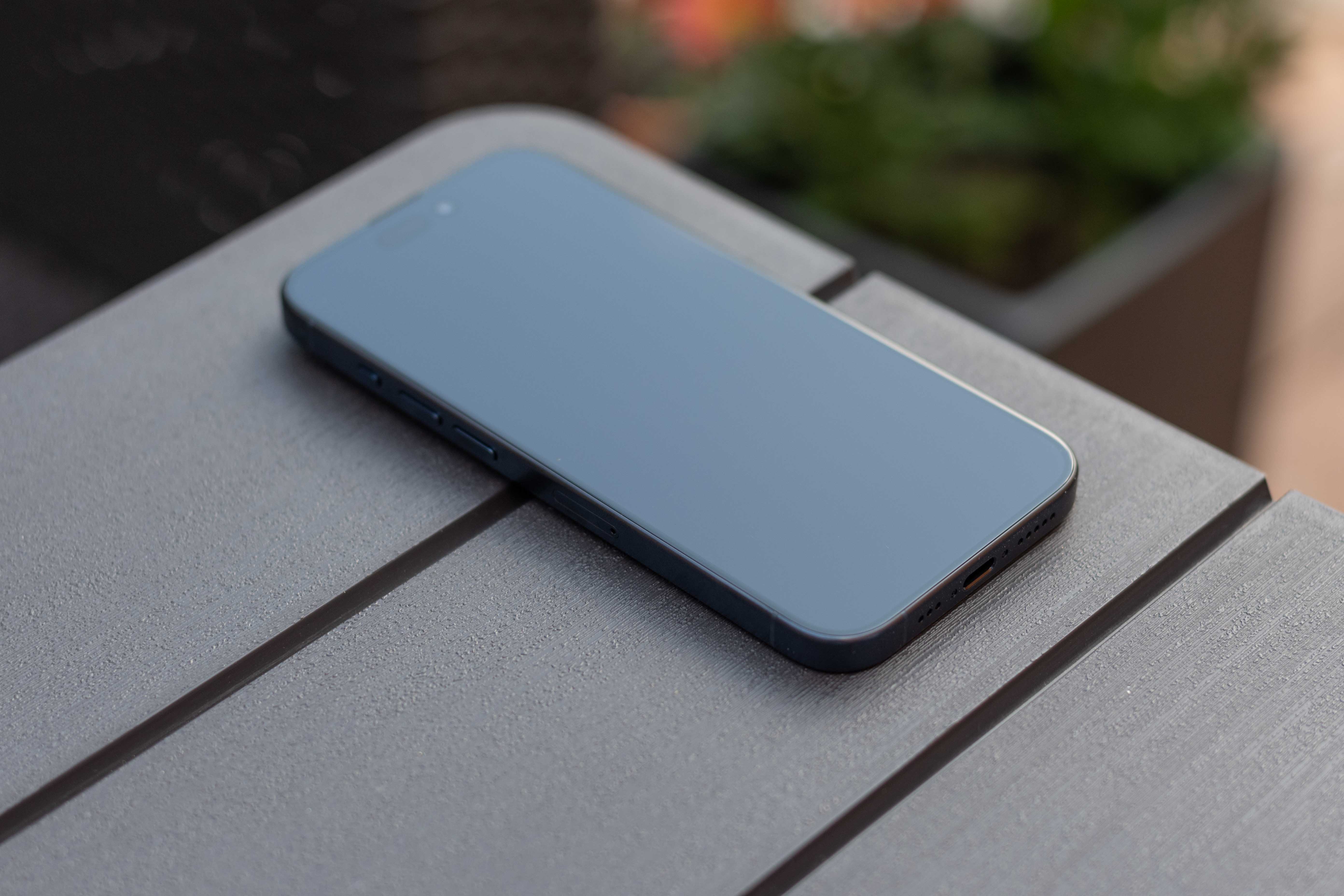
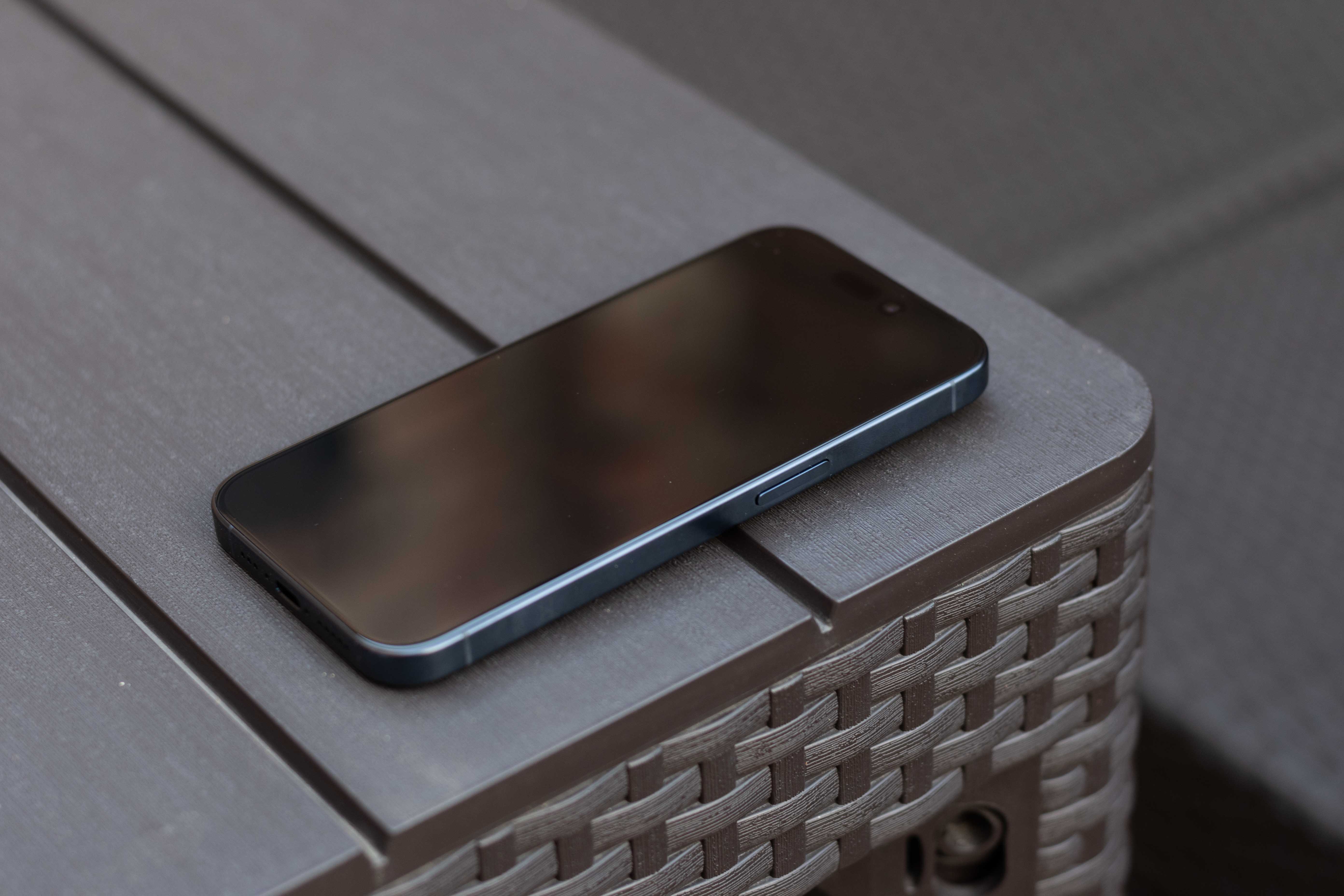
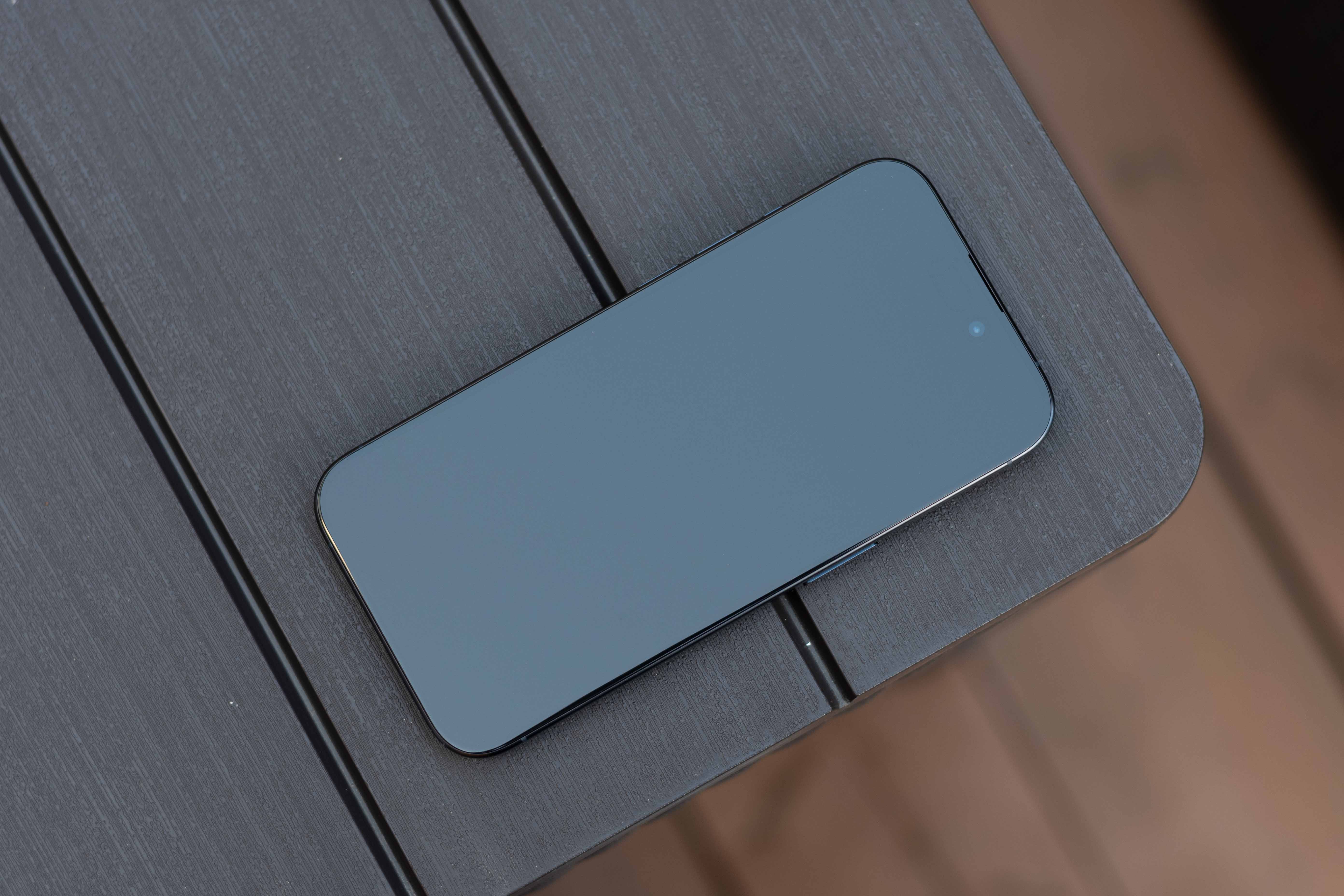
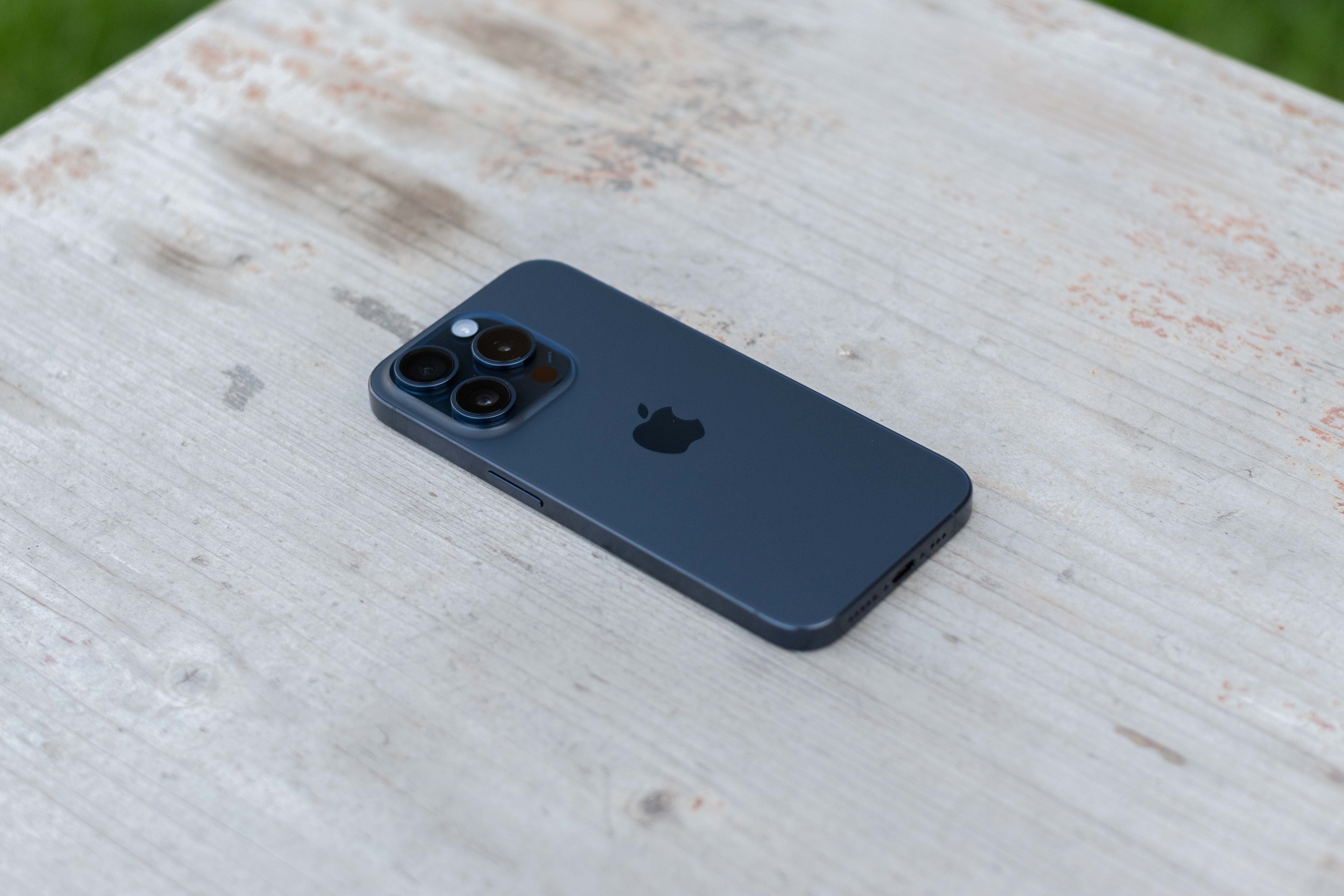


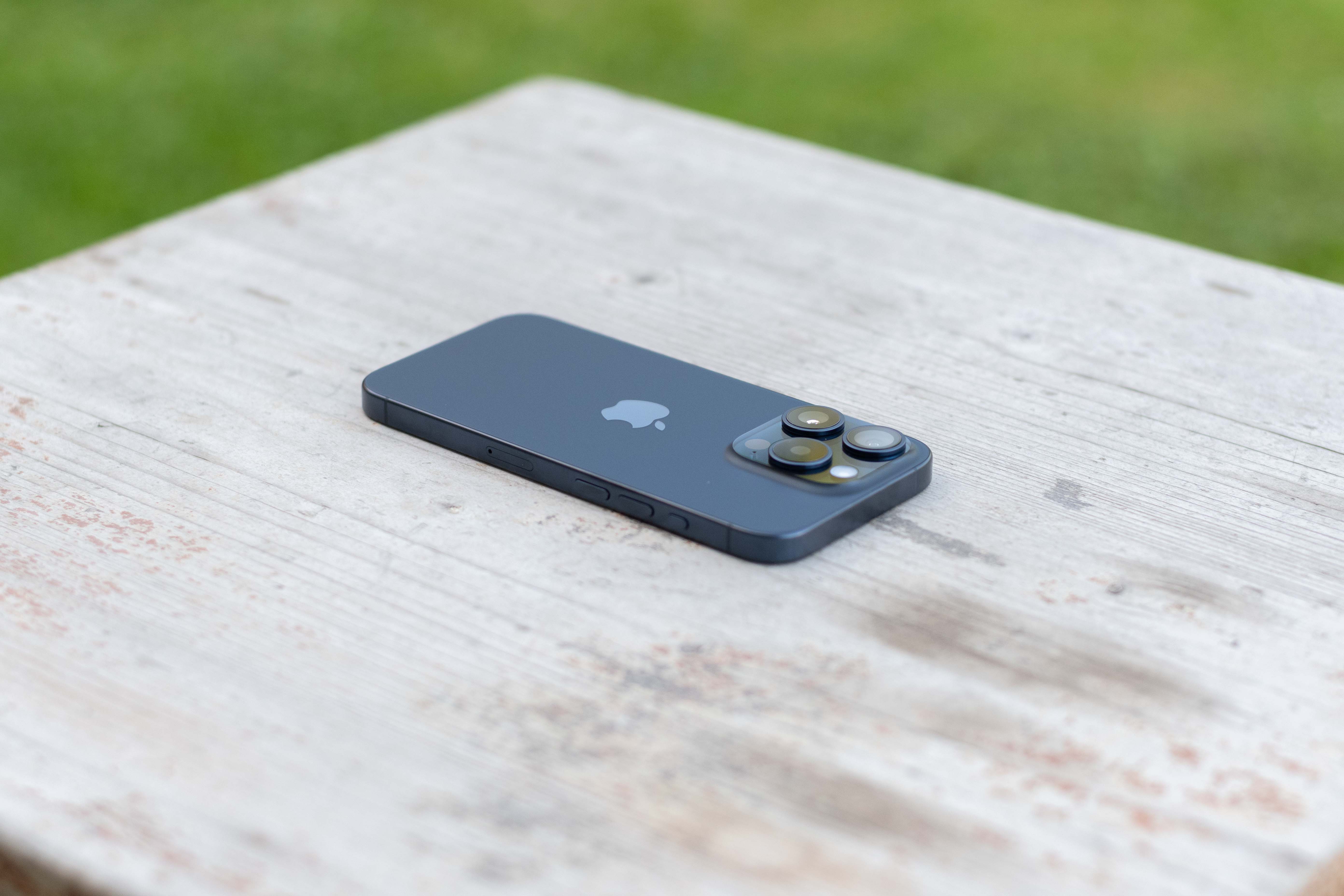
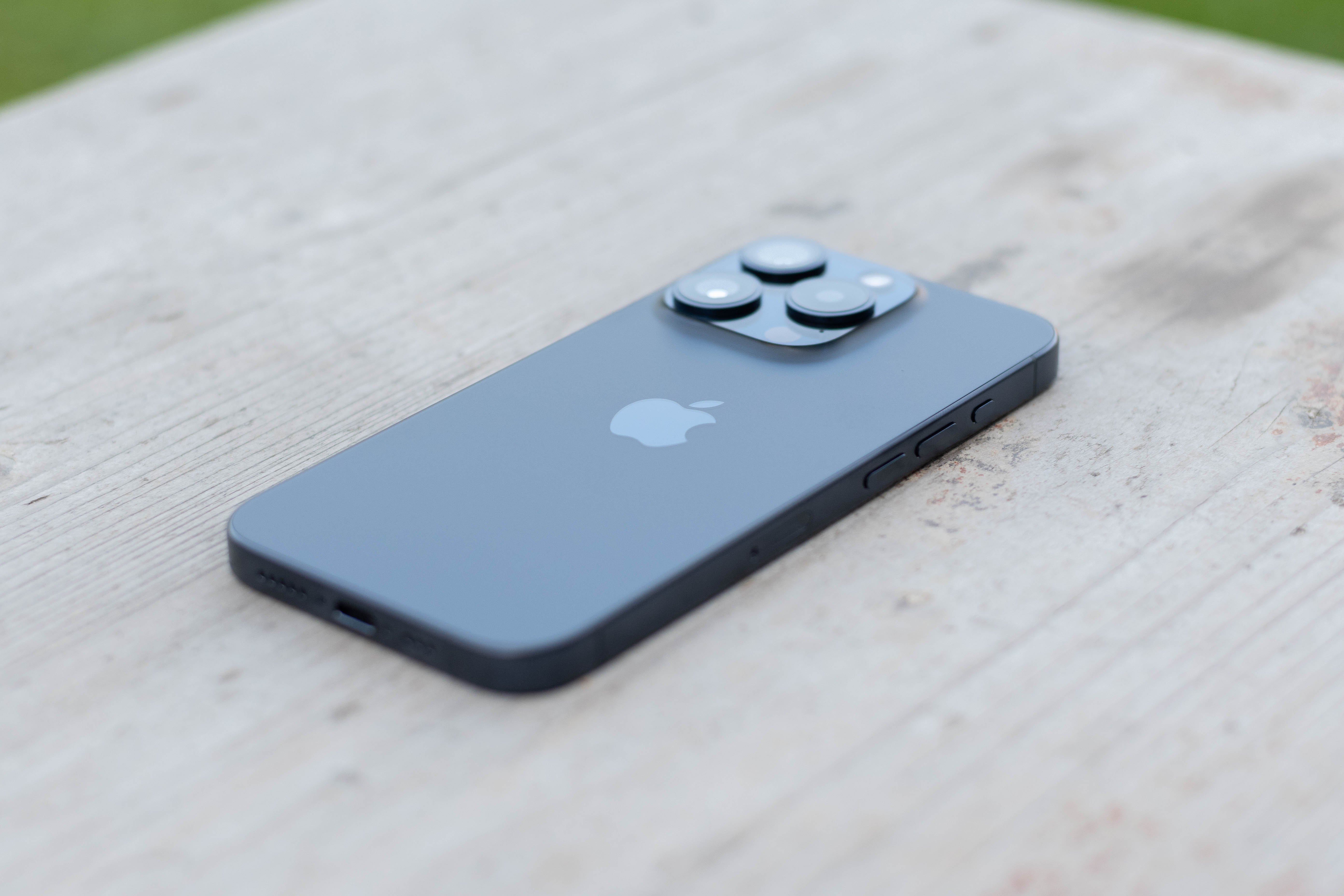
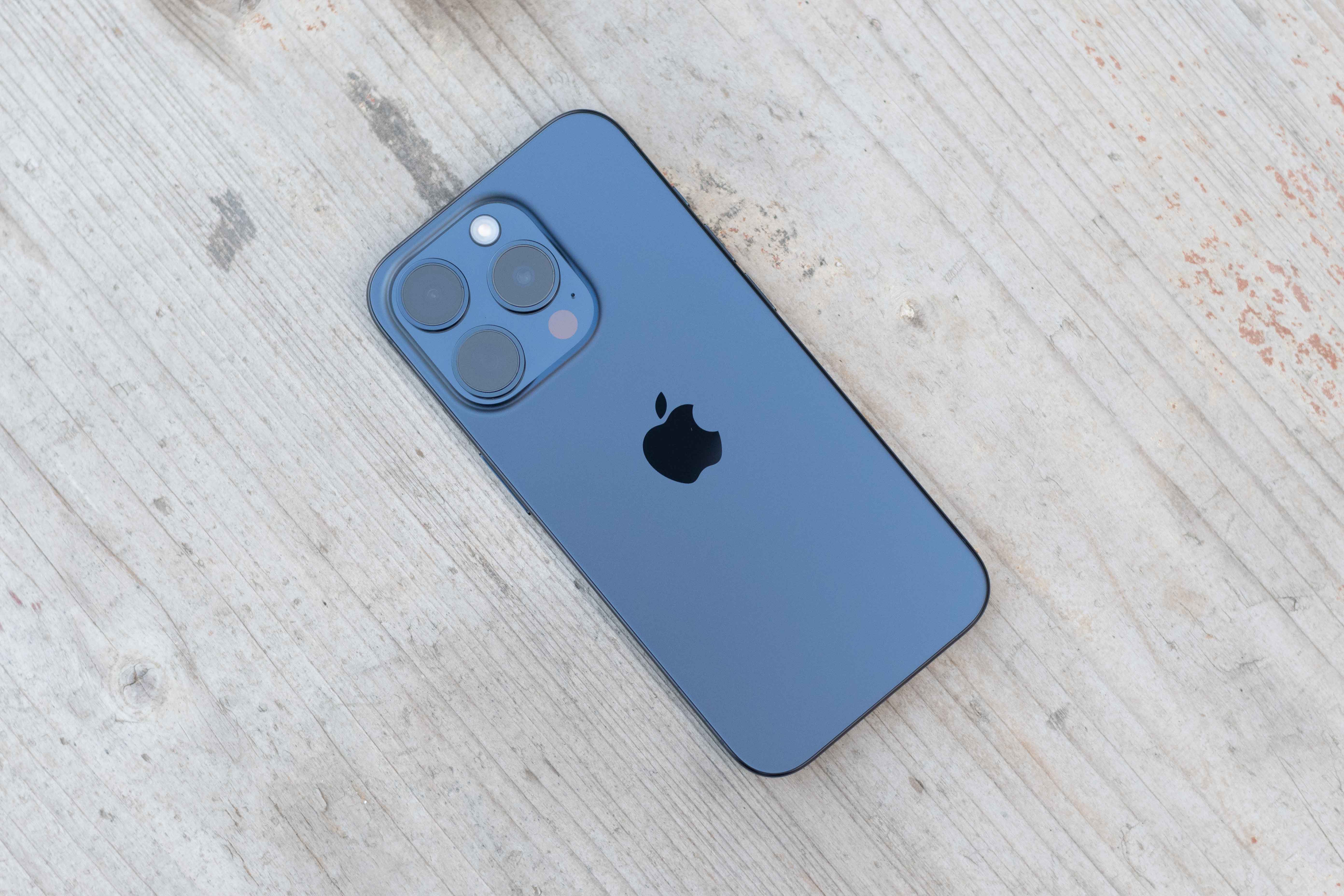
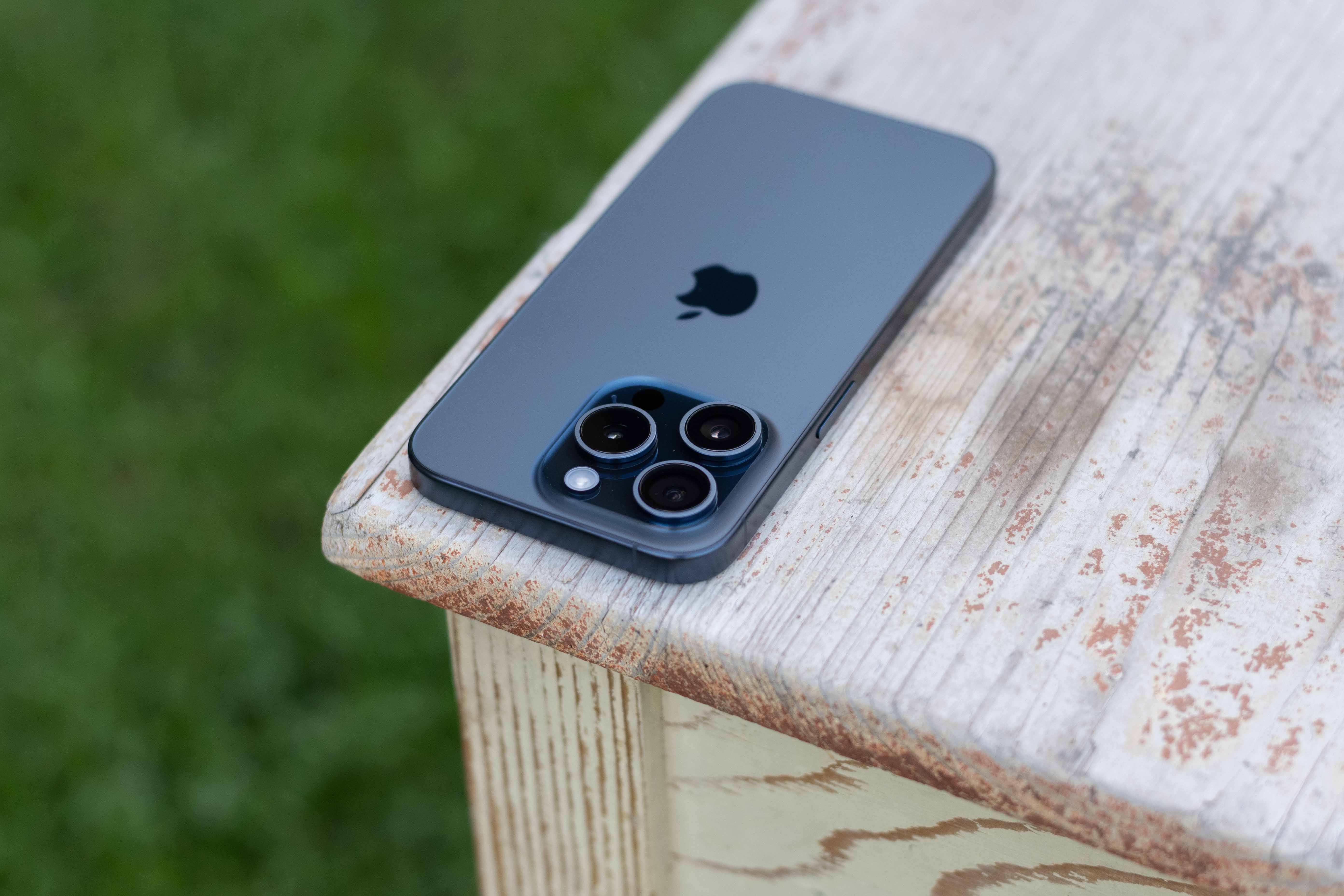
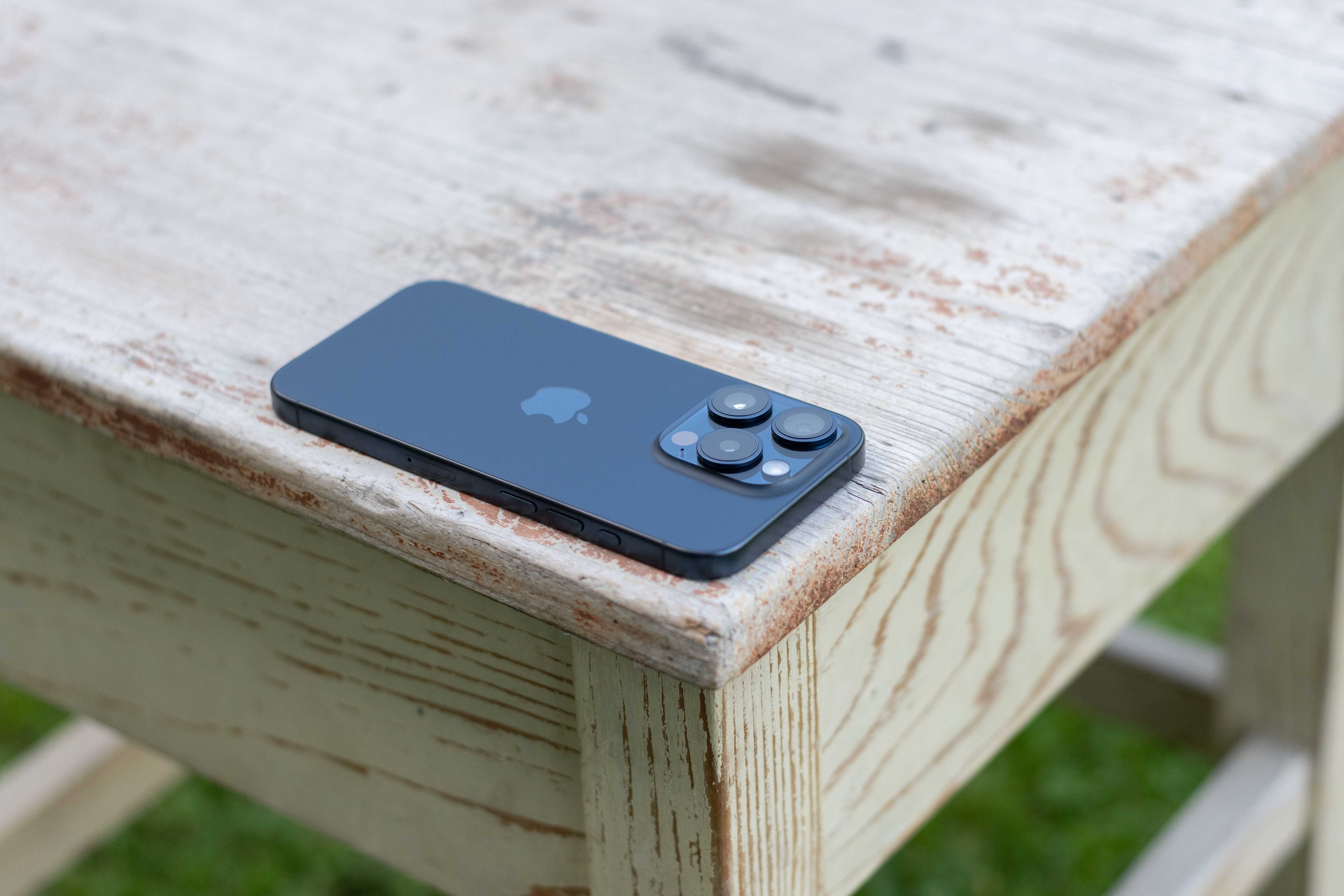

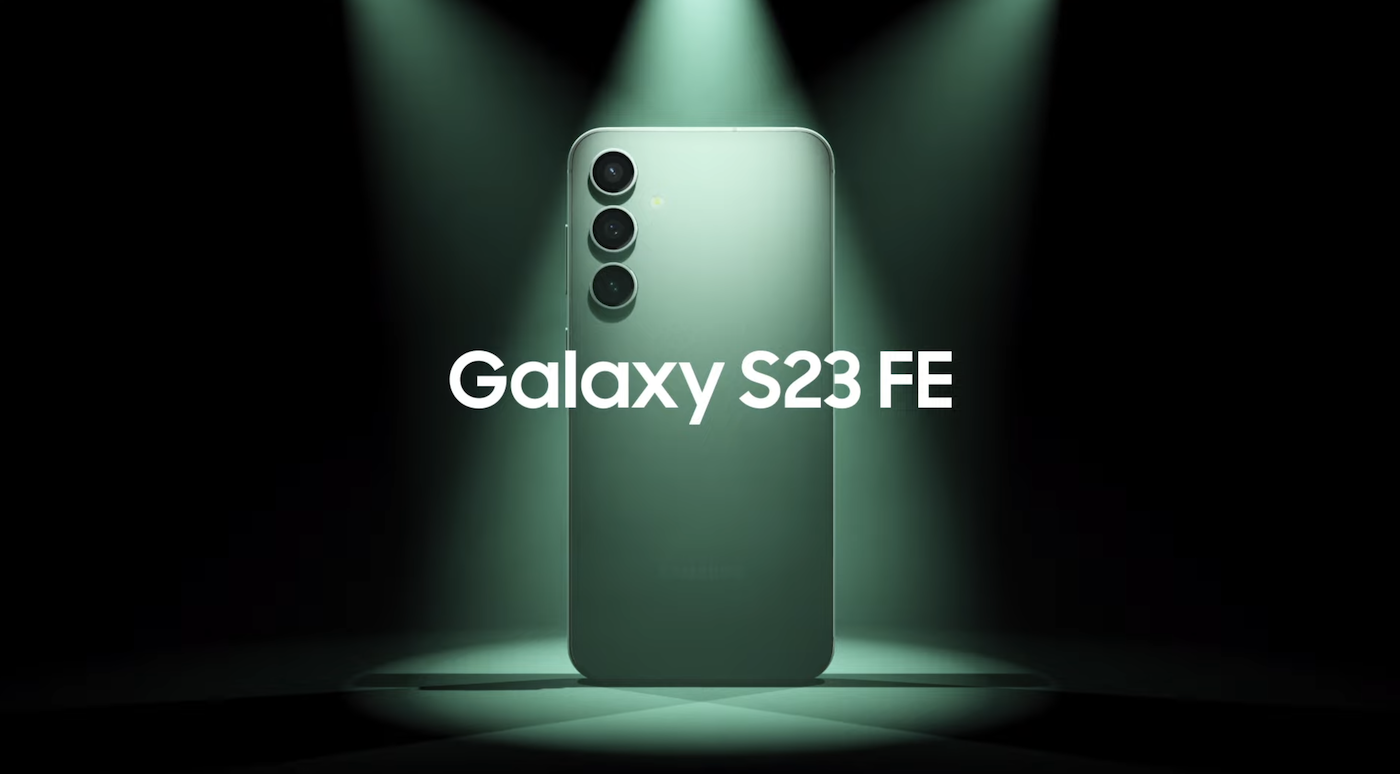
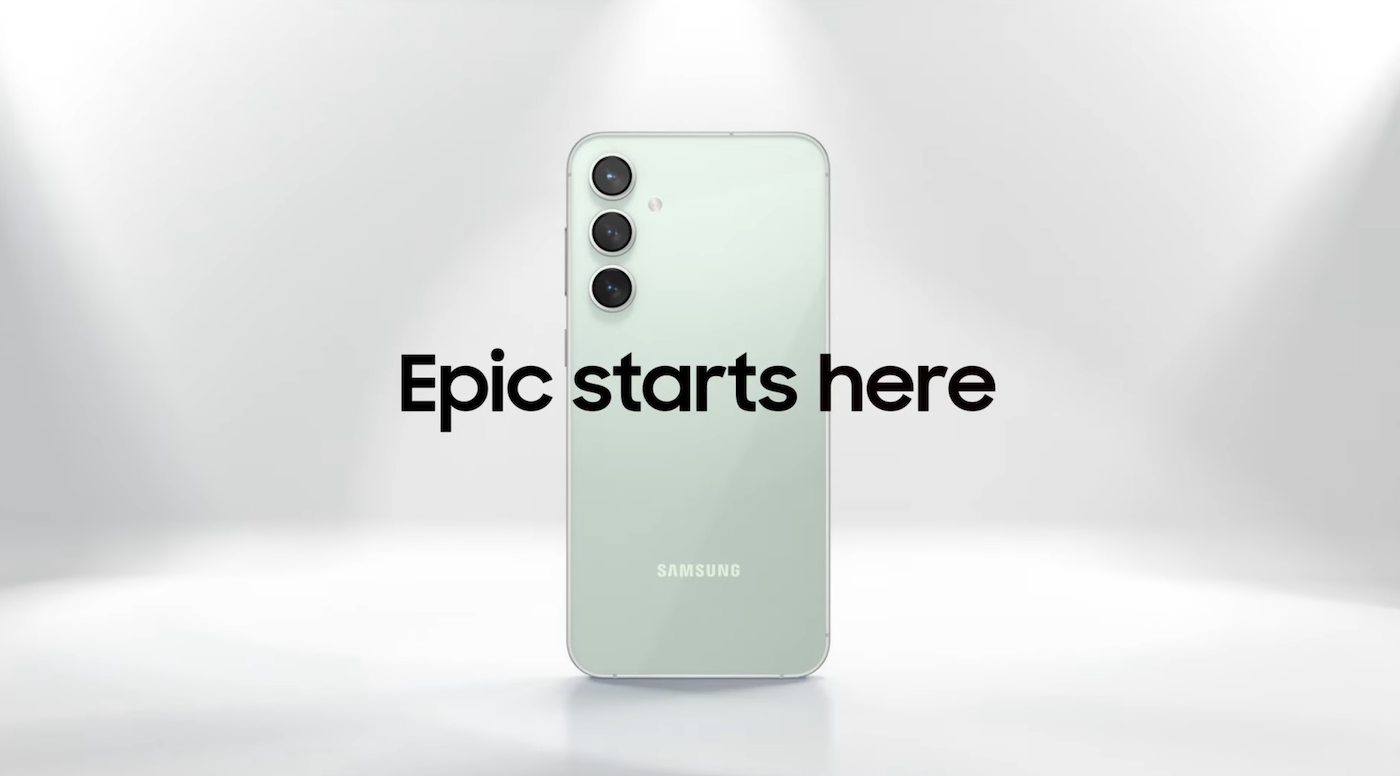
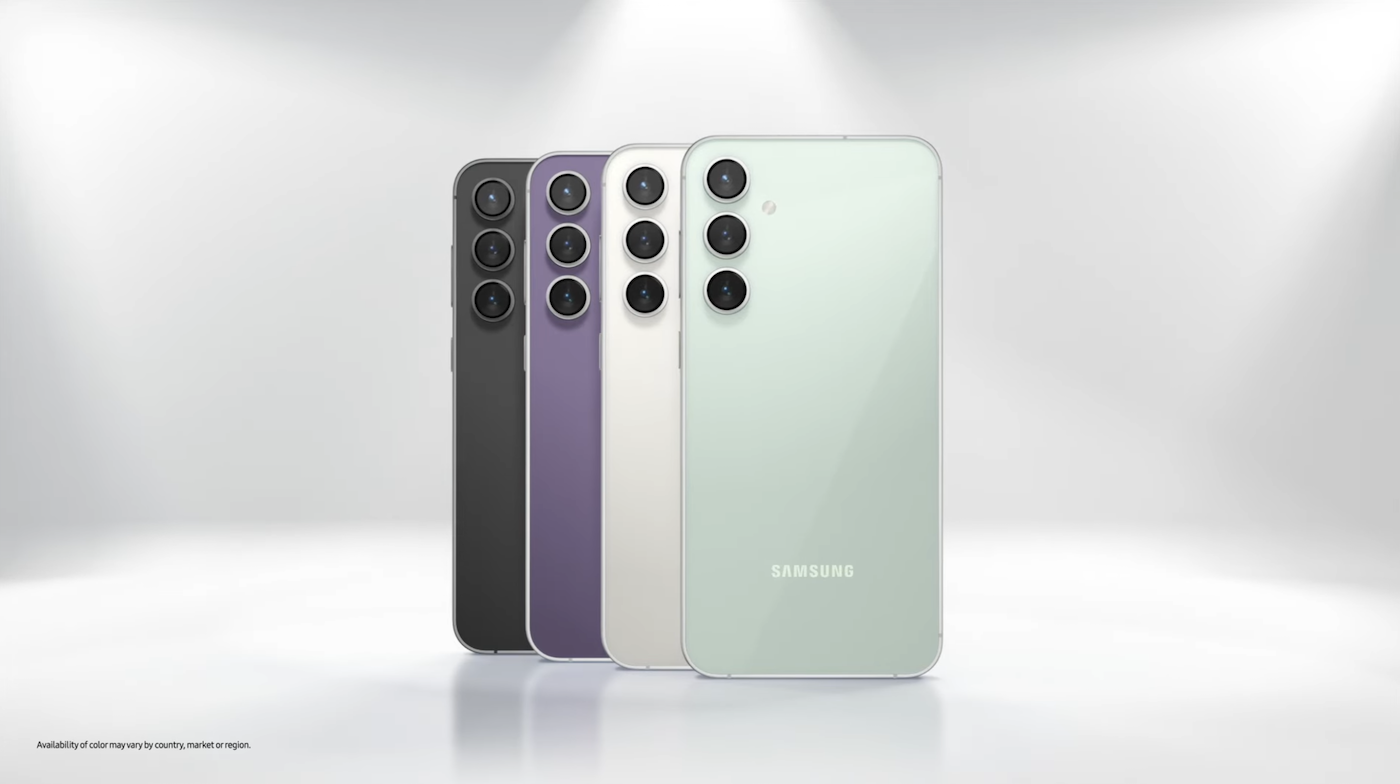
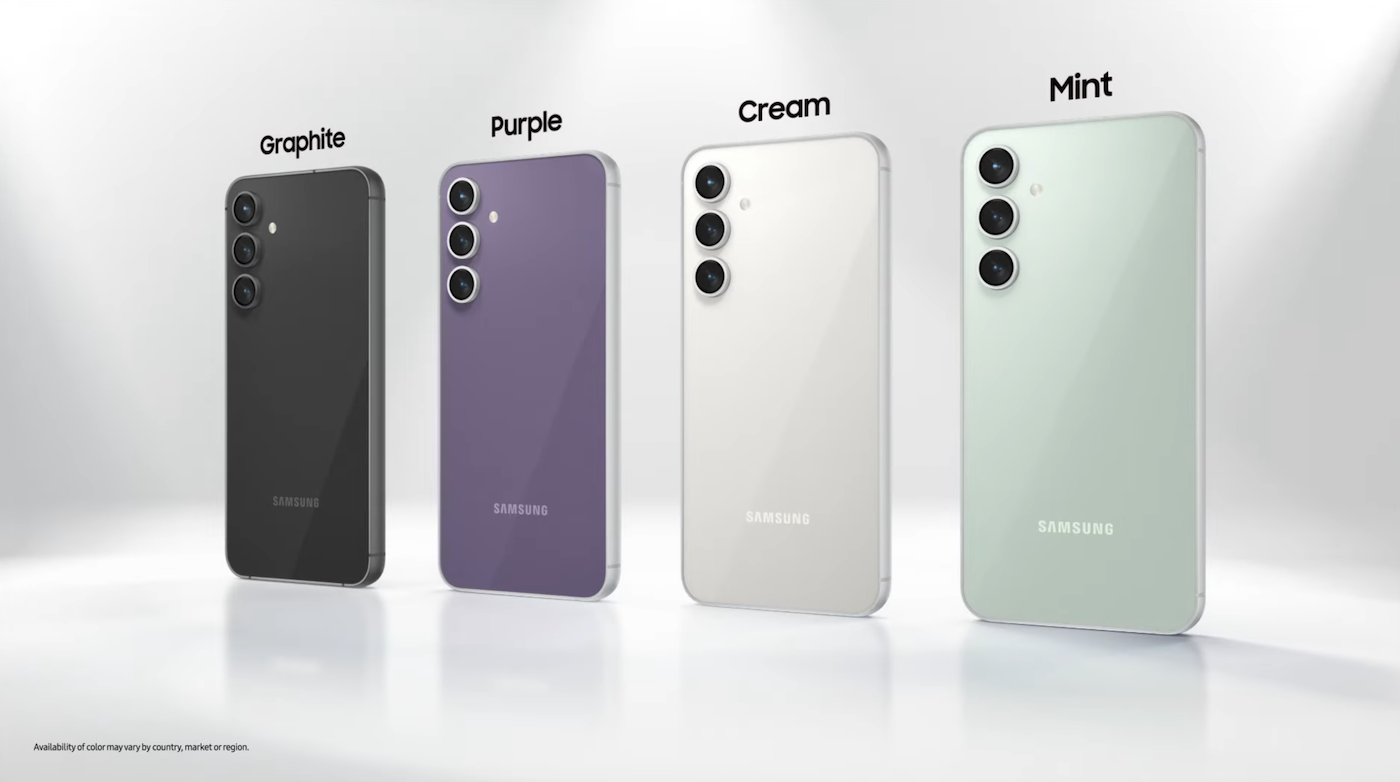
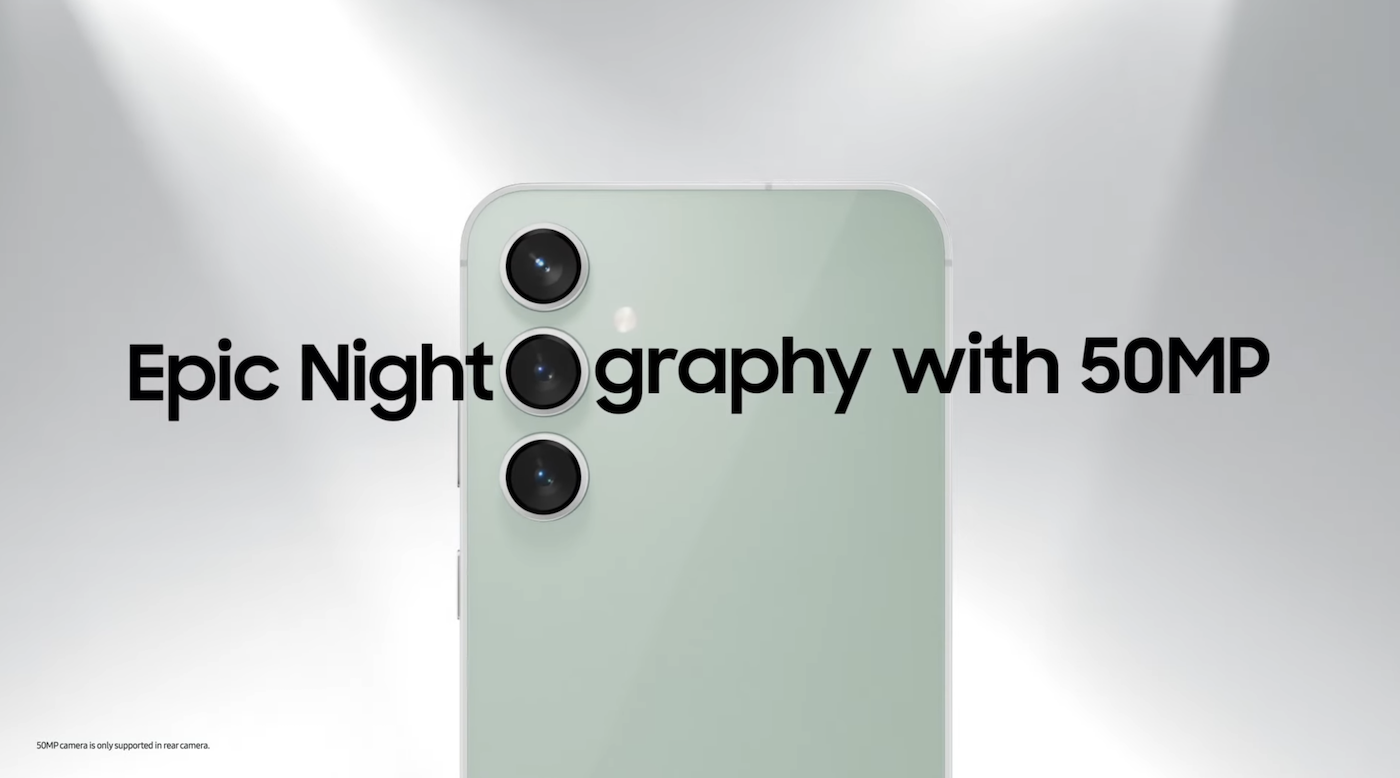

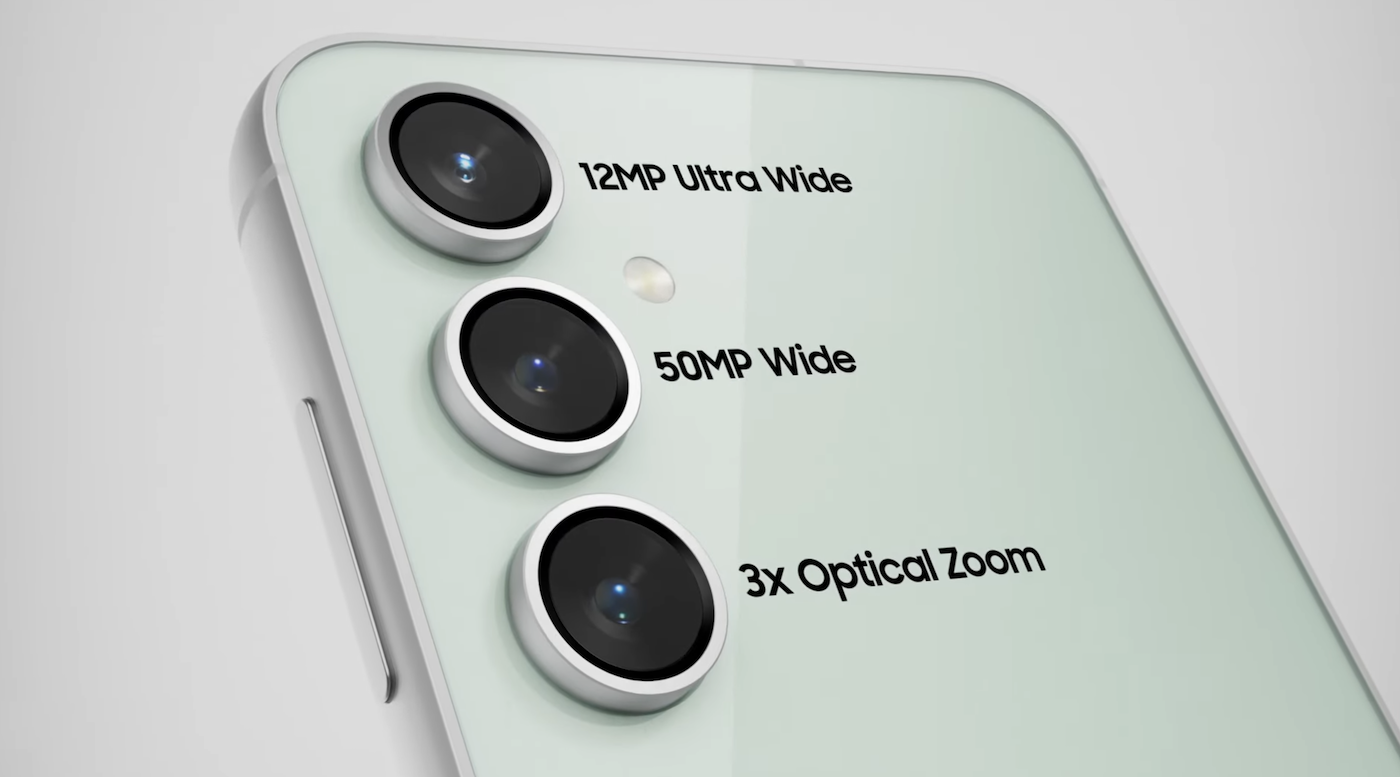
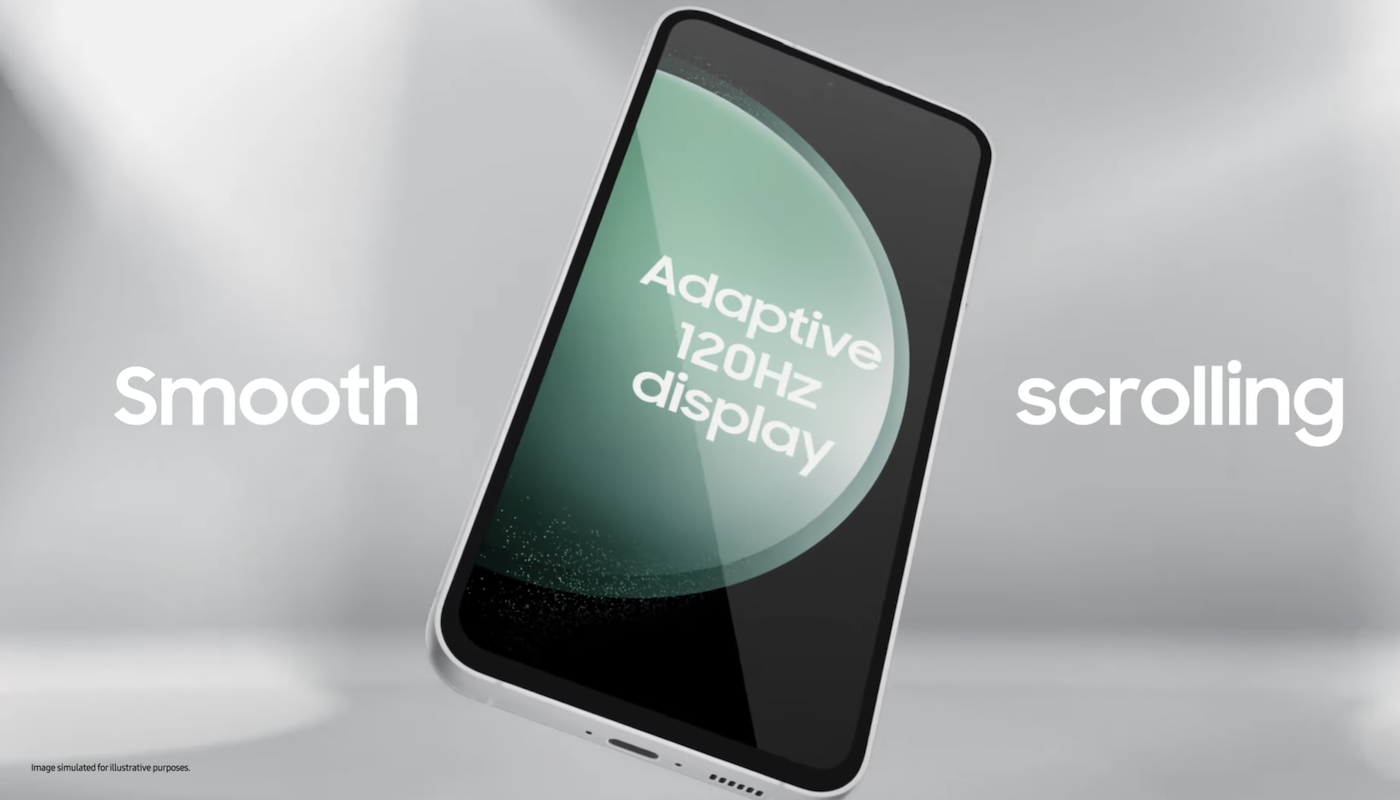
Glass on the back is the biggest dementia they can put on a mobile phone.
I agree. I had a Pixel 3a and was super happy with it being plastic.
It's just that it's hard, some guy put it on the iPhone, and all reviewers since then put it in the negative (for all phones without glass): It's not made of such premium materials as the iPhone. Well, just about every phone has it now.